Stop 1 – Tokyo, Japan 21st September 2024.
I flew into Tokyo from Kuala Lumpur. By the time I cleared the customs, it was already midnight. Public transport had stopped. So I joined many others for a slumber party at the airport and slept like a homeless on the street.
The next day was Sunday. The streets were empty of vehicles. The road markings in different bright colors stood out, almost deliberately decorative. Bicycles quietly pedaled past, the knees may be squeaky but the wheels well-oiled. They look very ordinary but so well polished and maintained!
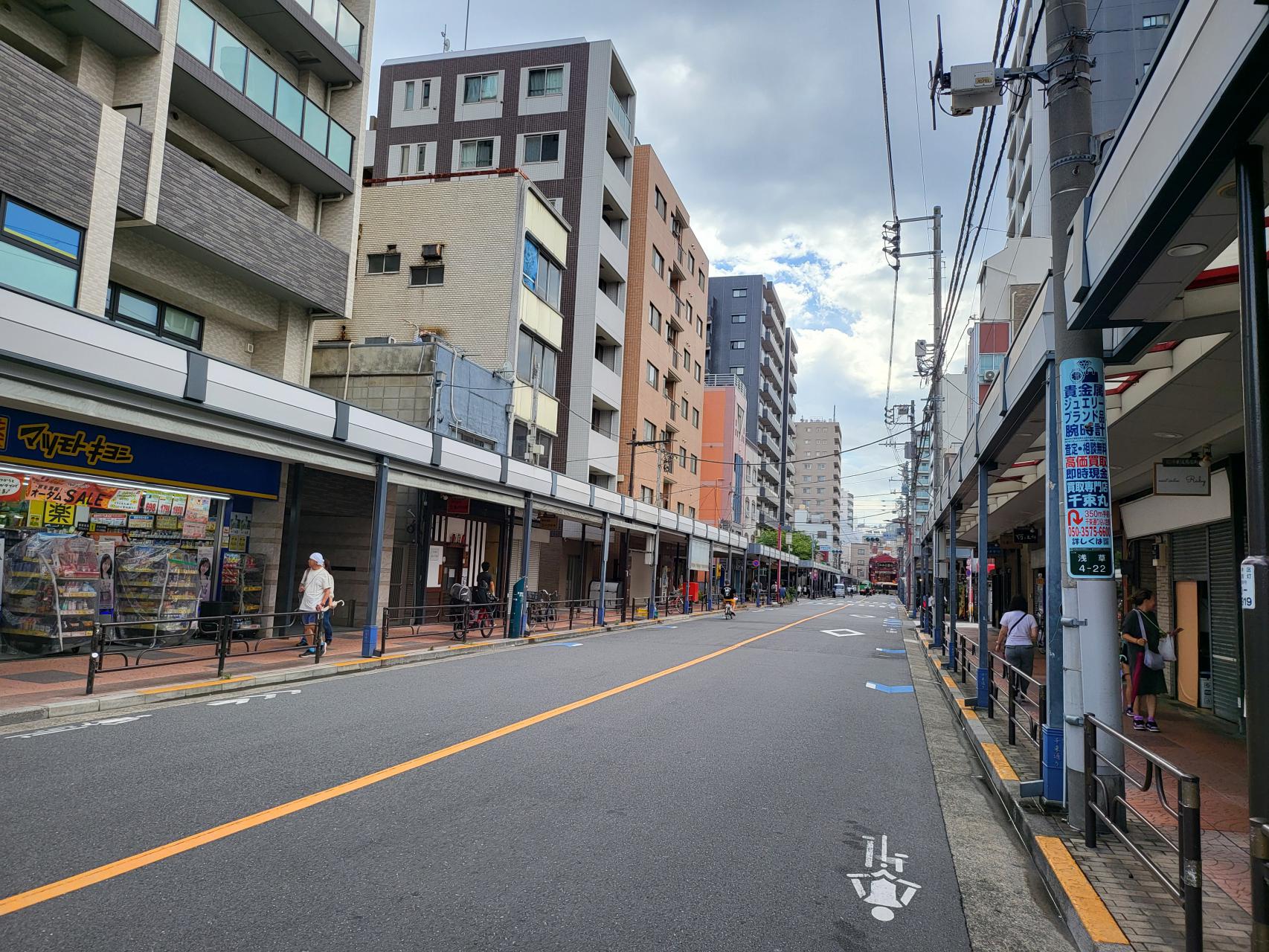
Everywhere I saw big Japanese signages made up of Japanese and traditional Chinese characters. For example, I saw a few sign boards asking cyclists not to pedal through the arcade with just 2 characters “下馬”, which in traditional Chinese means “get down from the horse”. It’s so weird because they are simply two distinct language systems. I suppose we go way back; perhaps we were closer than we thought.
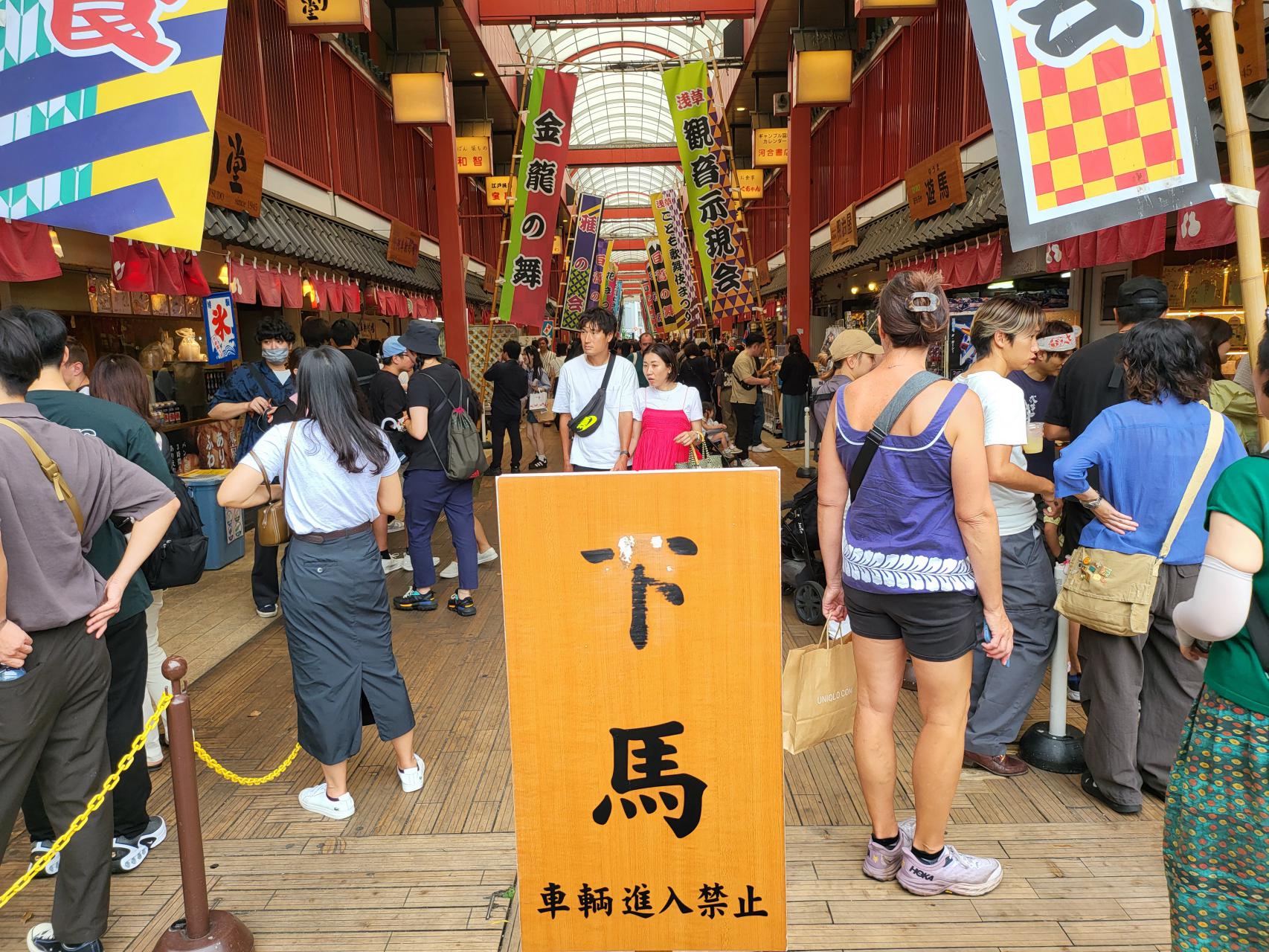
I stayed in the Asakusa part of Tokyo. The most iconic attraction here is the Senso-ji Temple, a historic Buddhist temple. The temple complex consists of a magnificent hall, a five-story pagoda, and prominent gates. Outsize eye-catching lanterns hung from the gates and the front of the hall – they don’t want you to miss it. Incense burning, religious chanting, and coin tossing for those here not just to sightsee but seek spiritual blessings and guidance. Girls walk around in traditional kimono, white socks, and slippers, in baby steps. The complex was neither fenced nor gated; day and night, free-spirited tourists and locals wandered around these ancestral structures, free of charge. That makes Asakusa such a wonderful blend of ancient and new Tokyo.
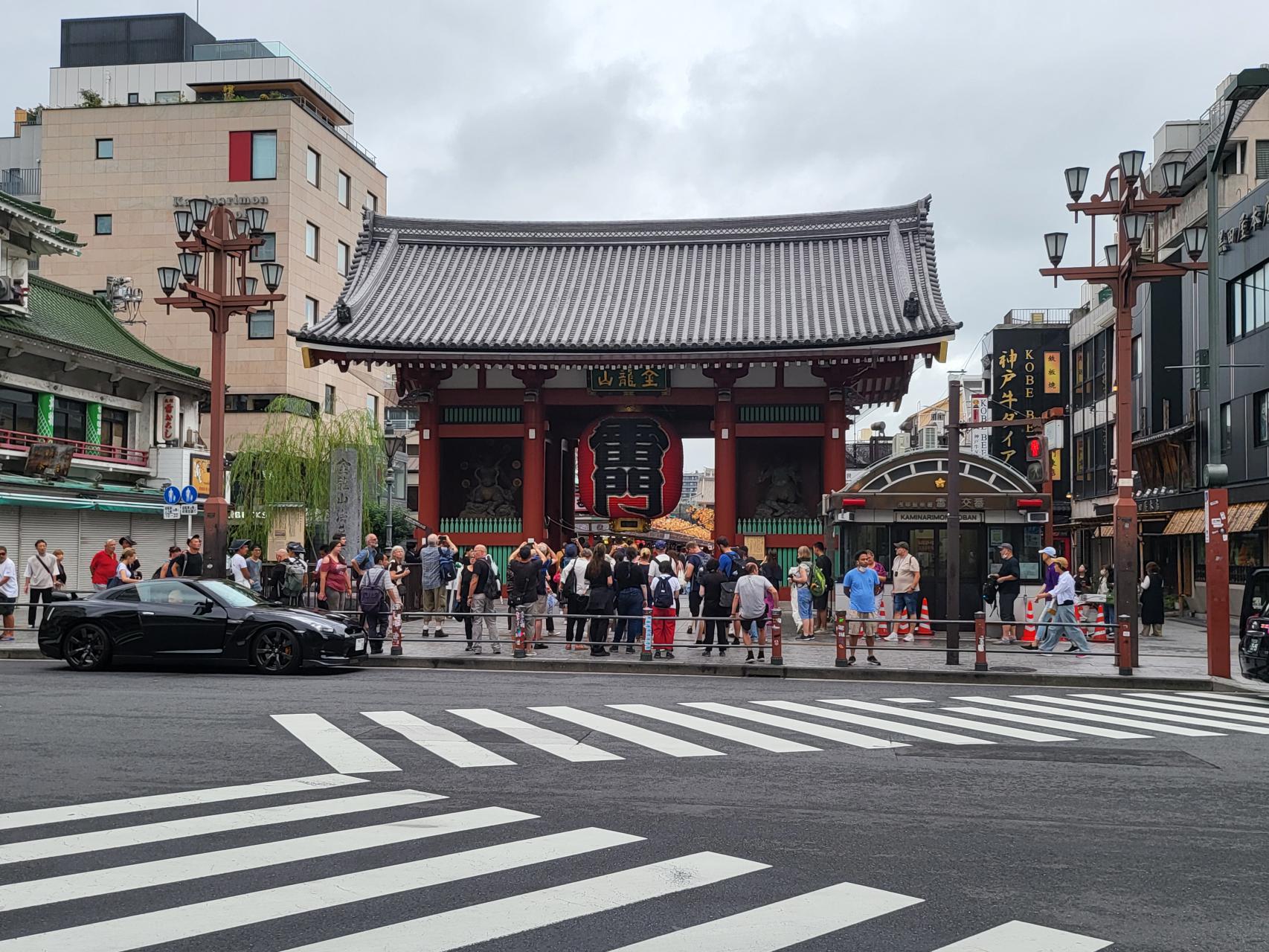
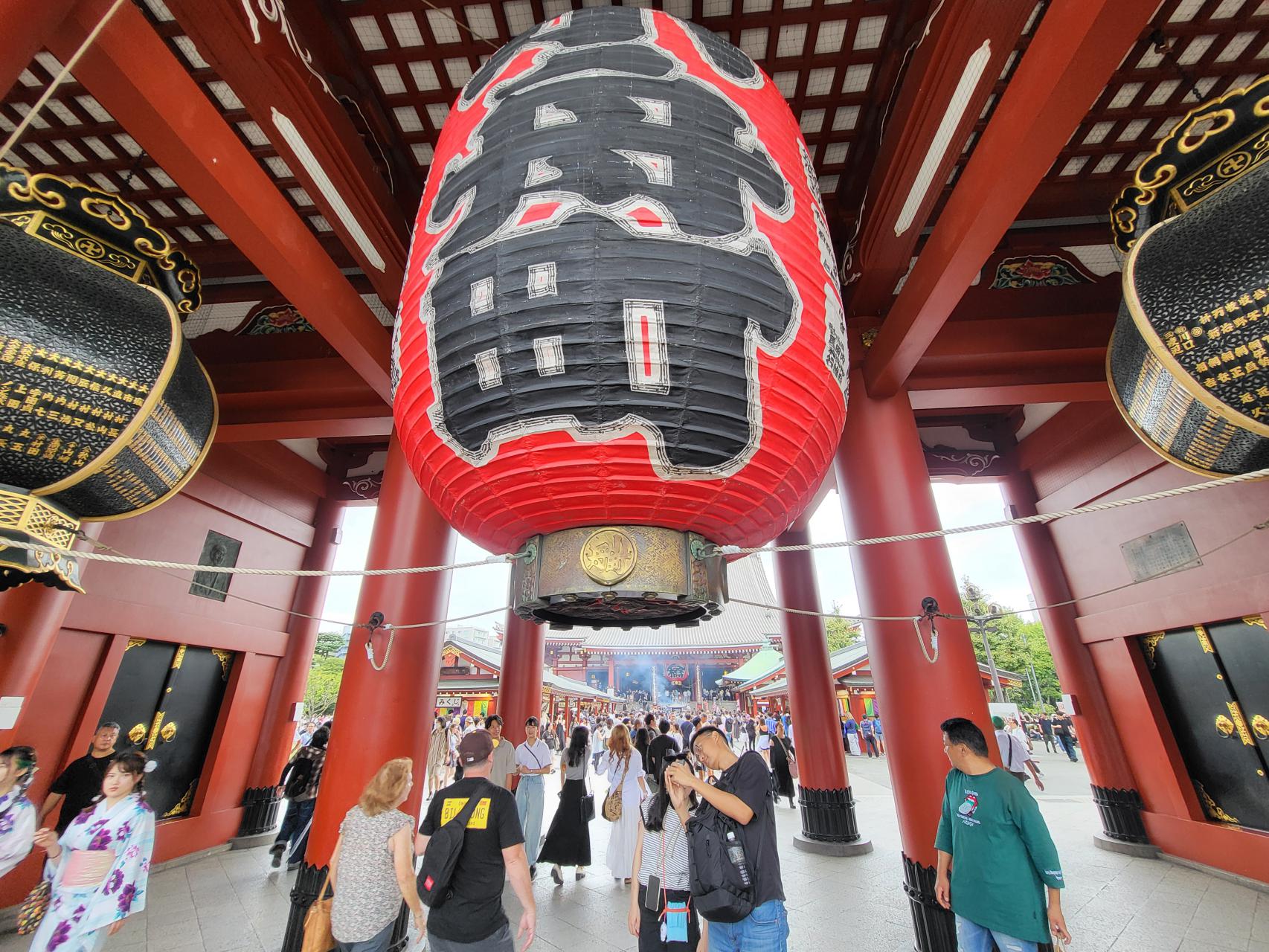
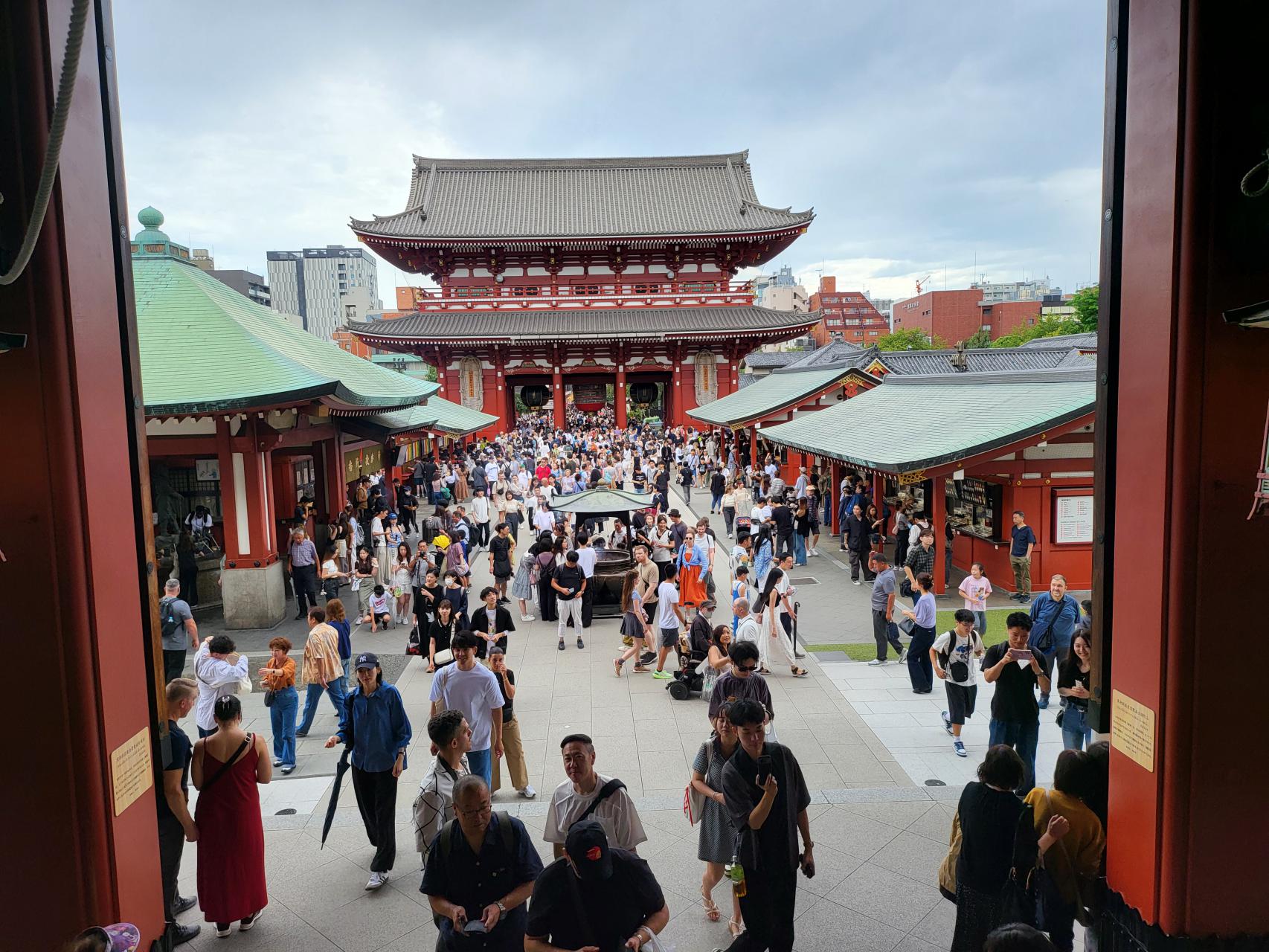
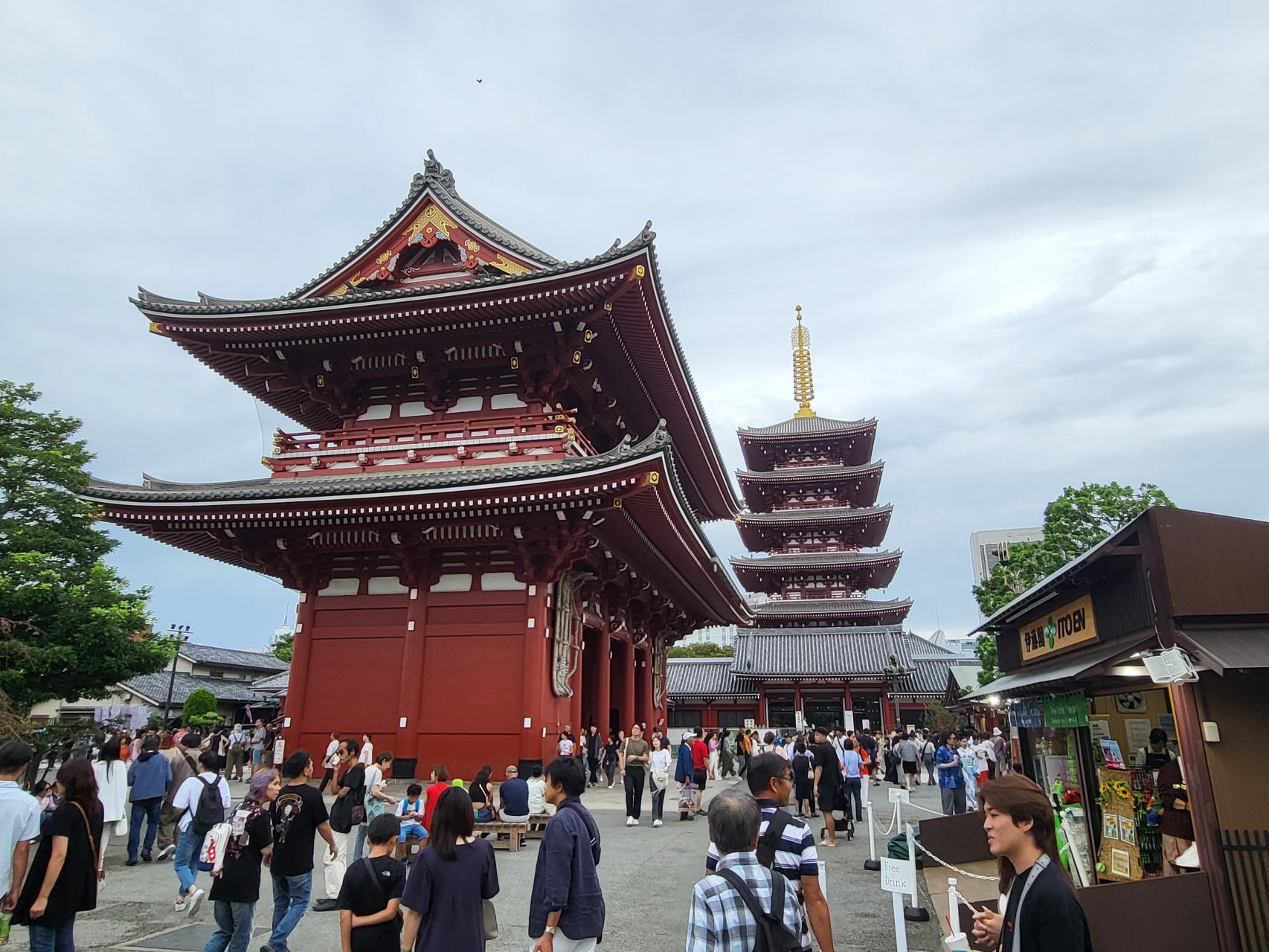
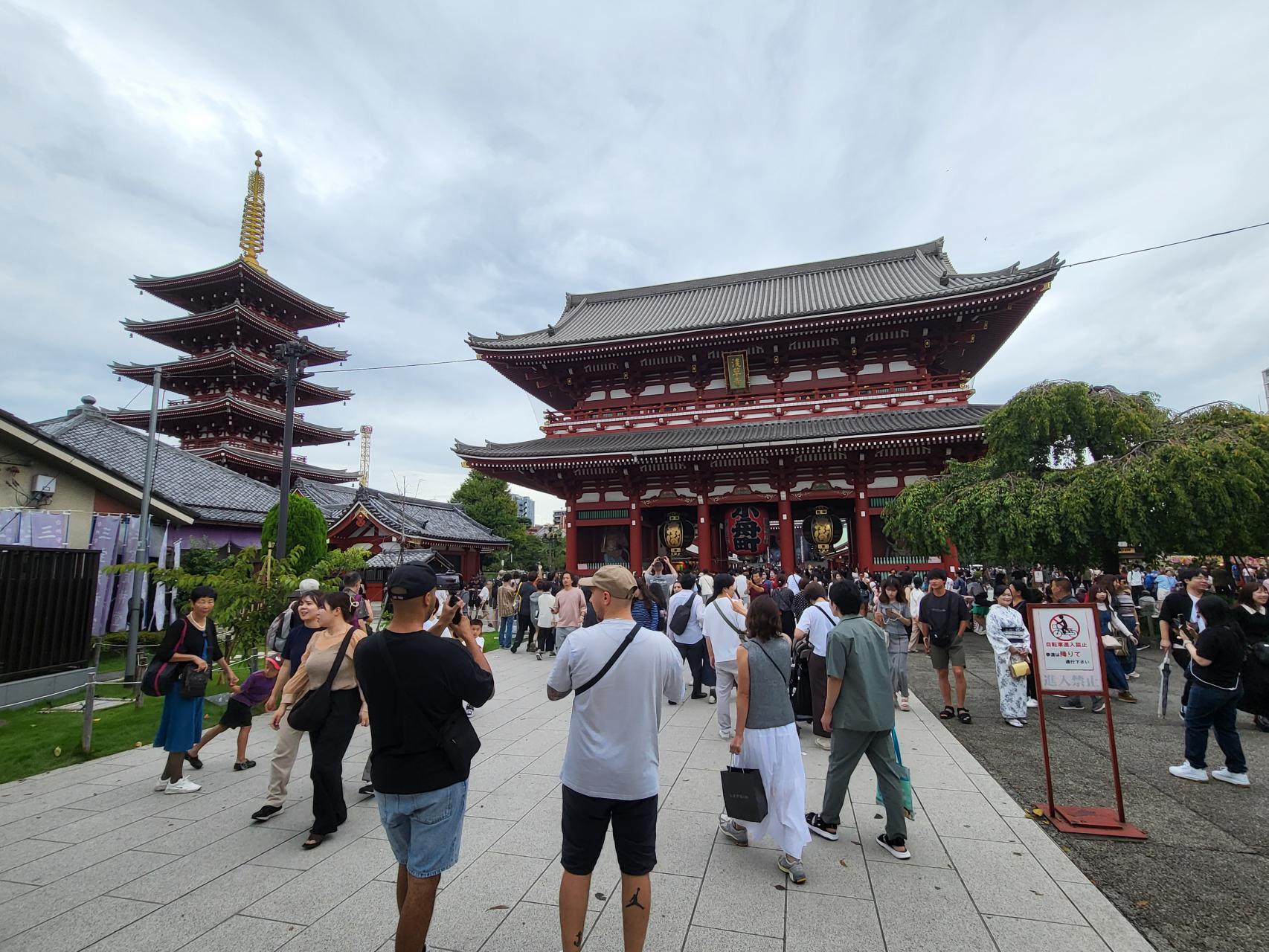
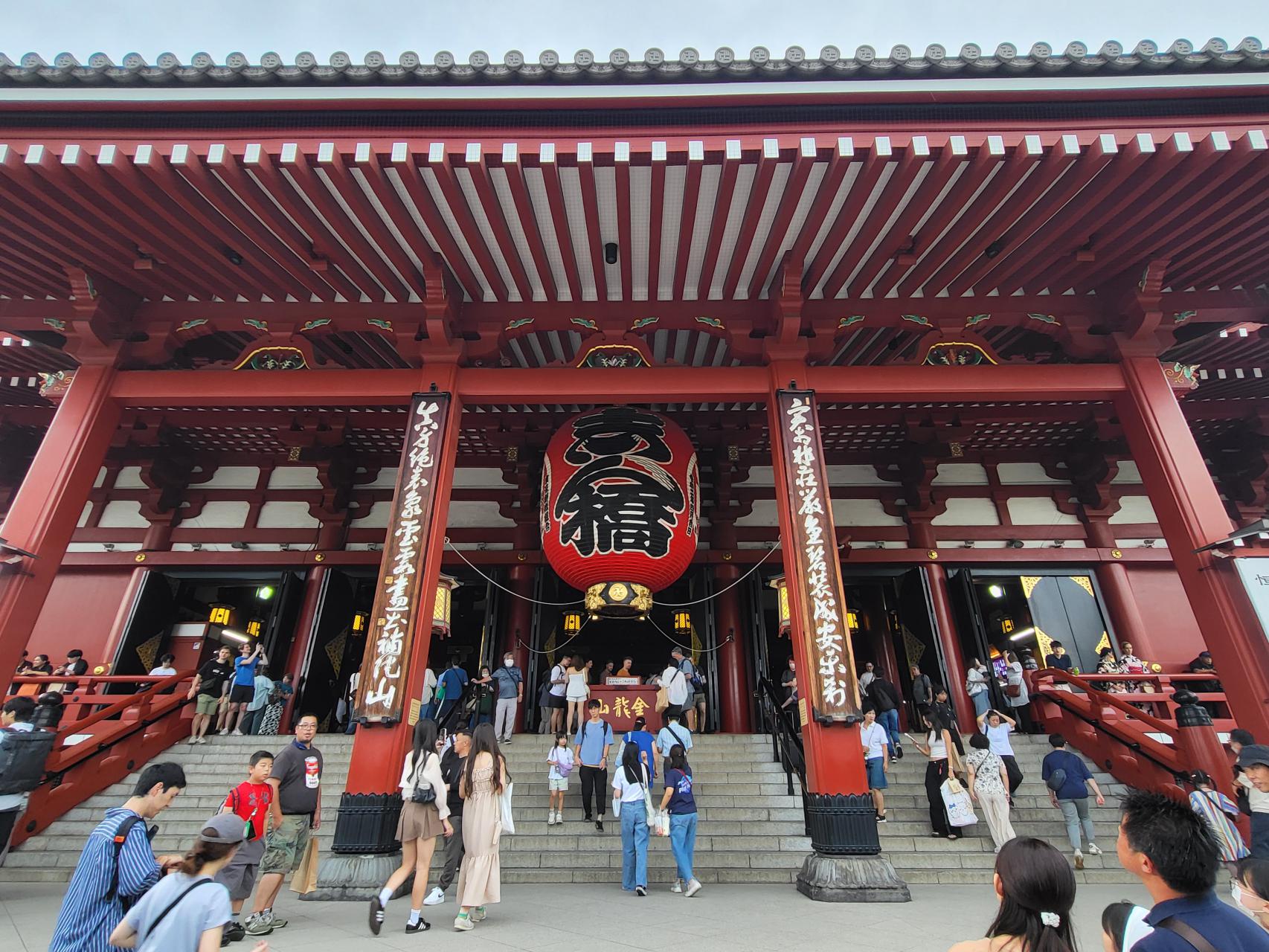
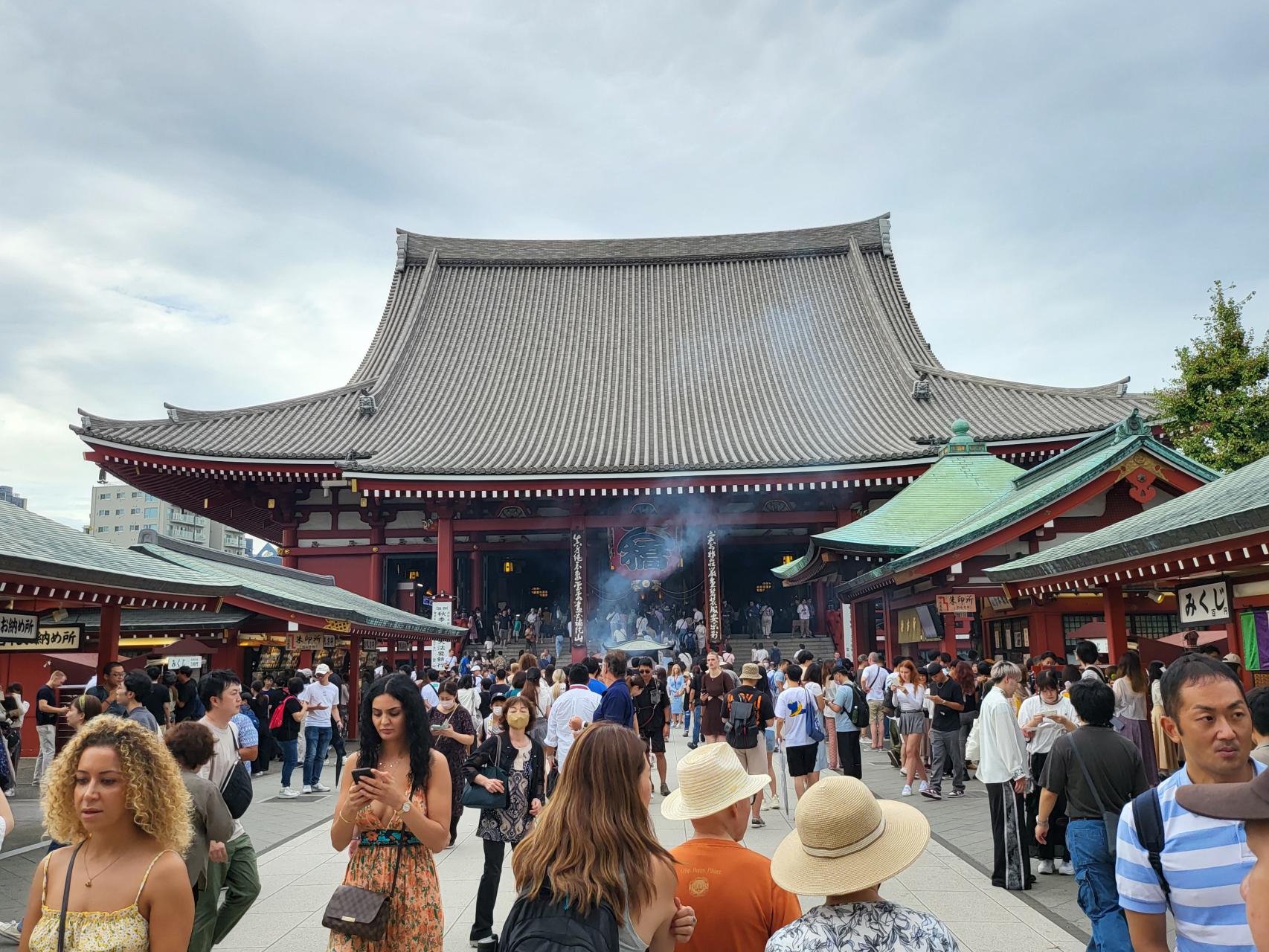
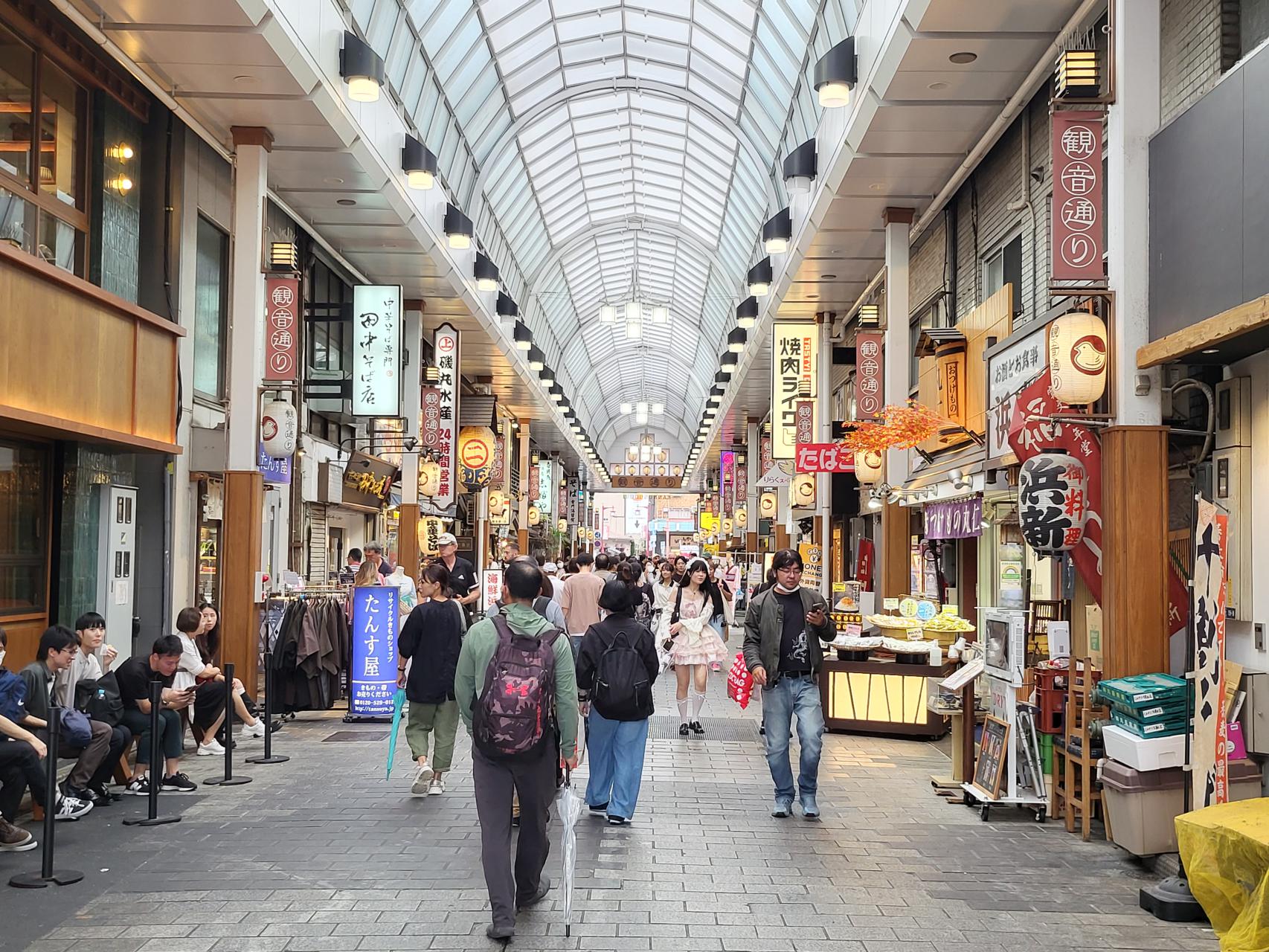
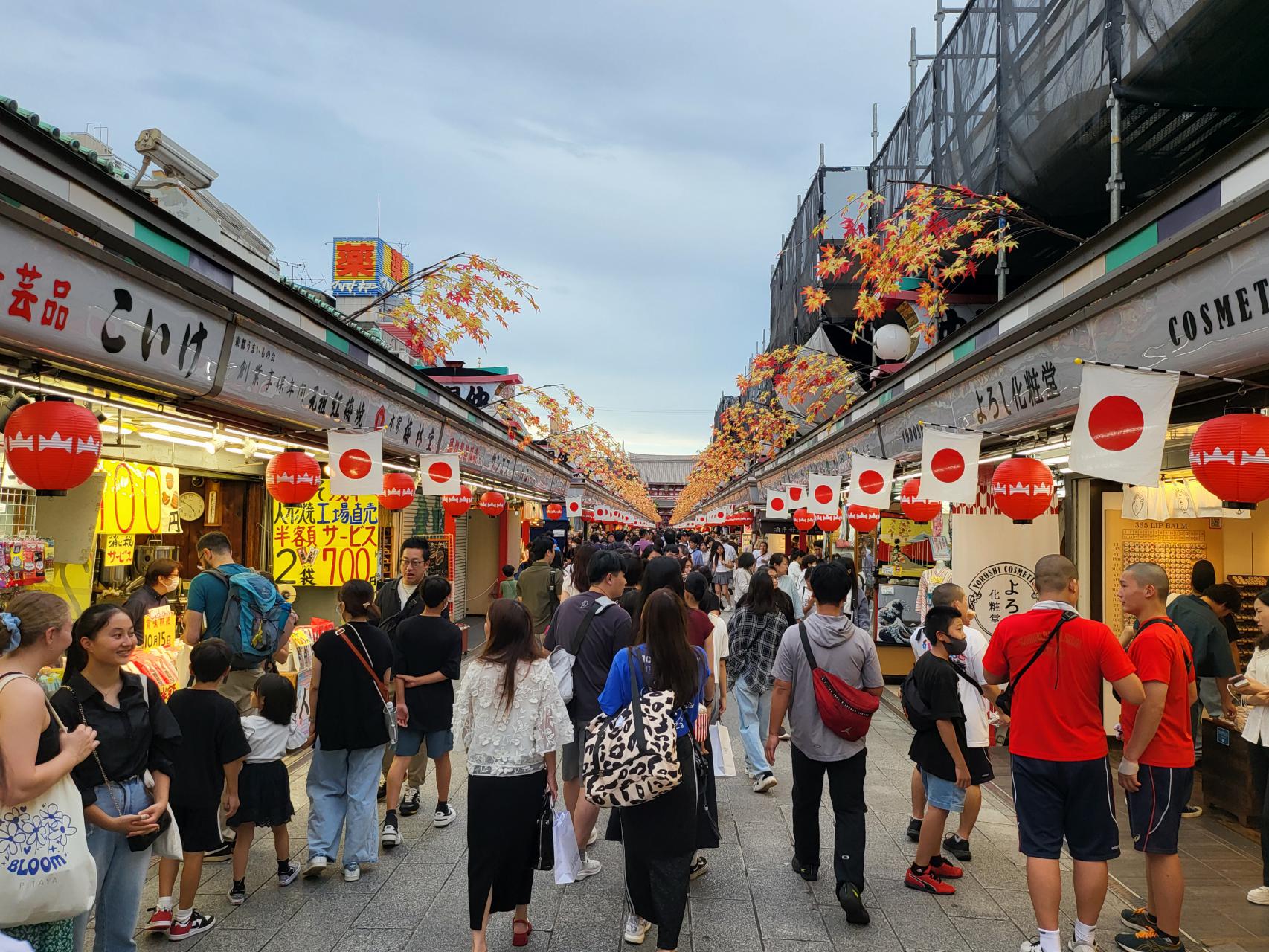
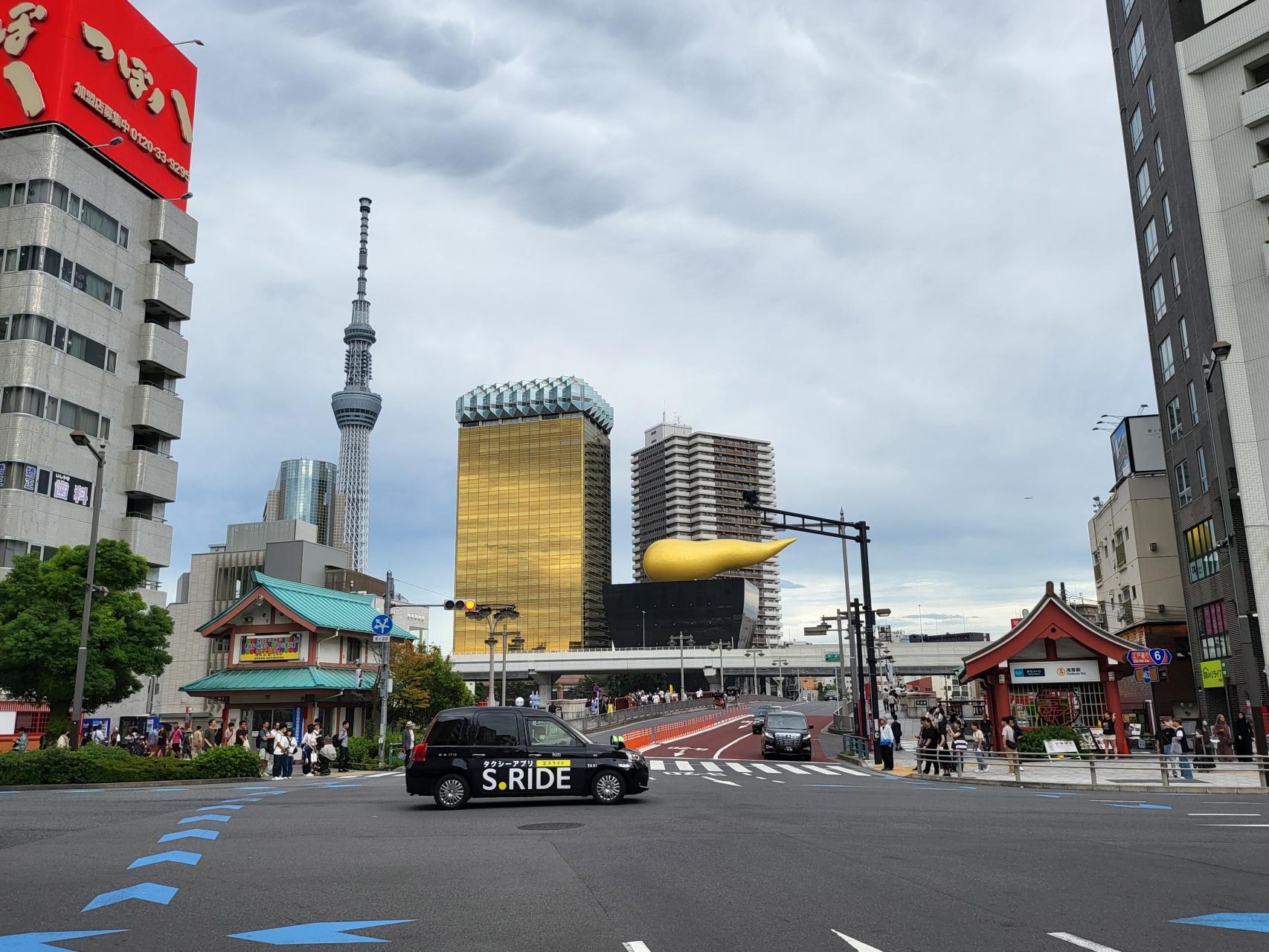
Tokyo, Japan. Visited 23-24 September 2024
It takes time to see the history embedded in this modern megacity. Rushing it would be the wrong way to do it.
Next, I went to Ueno, a cultural part of Tokyo. There is more going on here than in most other parks. The zoo beckoned the children to come. Street performers, including magicians, singers, and unicyclists, entertained visitors young and old. A group of young singers were dancing and singing children’s songs to rouse the children. A few museums, including the Tokyo National Museum, are located here. The historic Toshogu Shrine struck a striking look with its turquoise roofs, black walls, and contrasting gold-colored pillars and doors. The Shinobazu Pond was a sea of overcrowded green lotus plants that served as an escape to solace. Food trucks and restaurants were strategically located to ensure everyone had enough energy to enjoy the day.
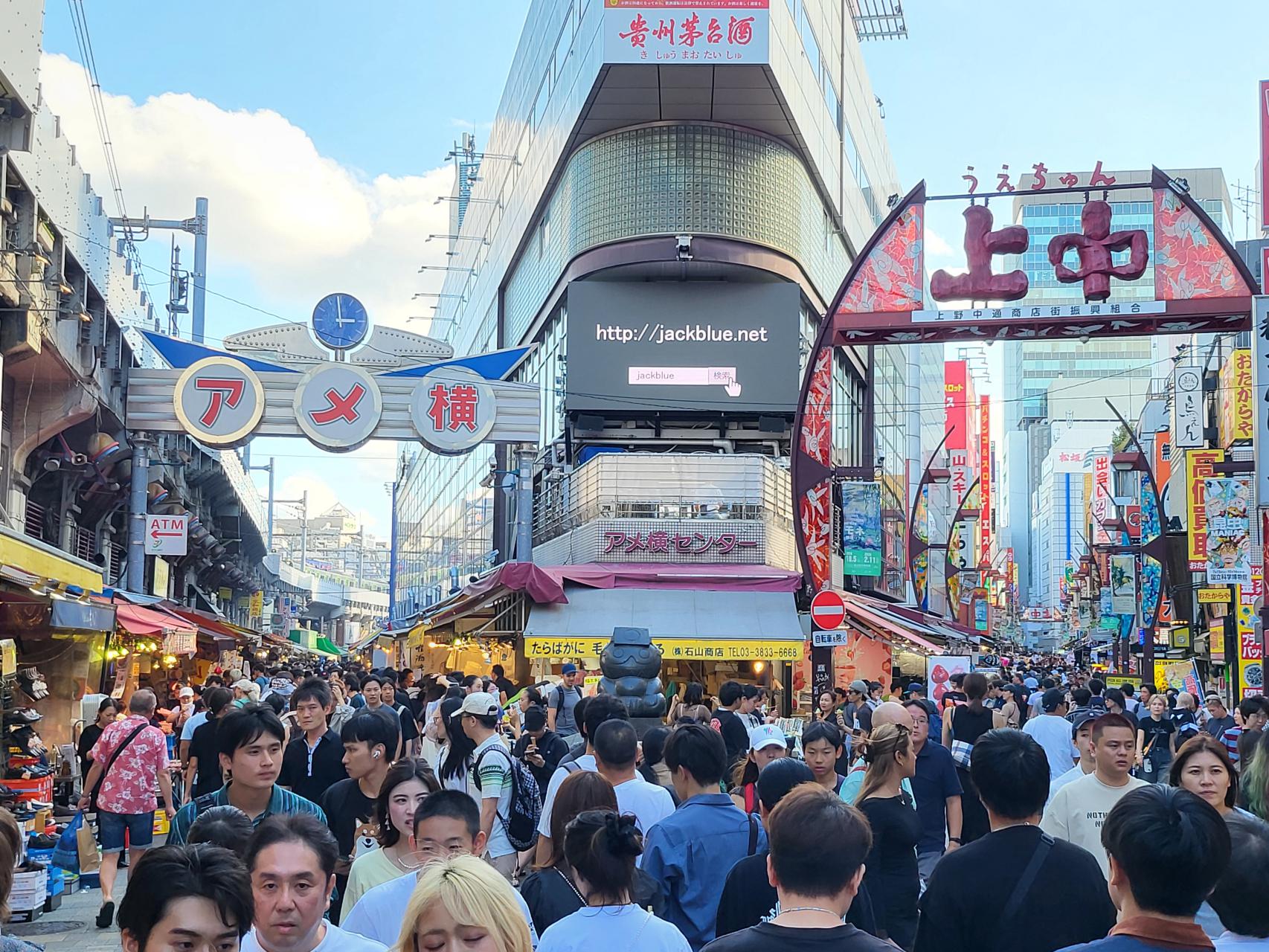
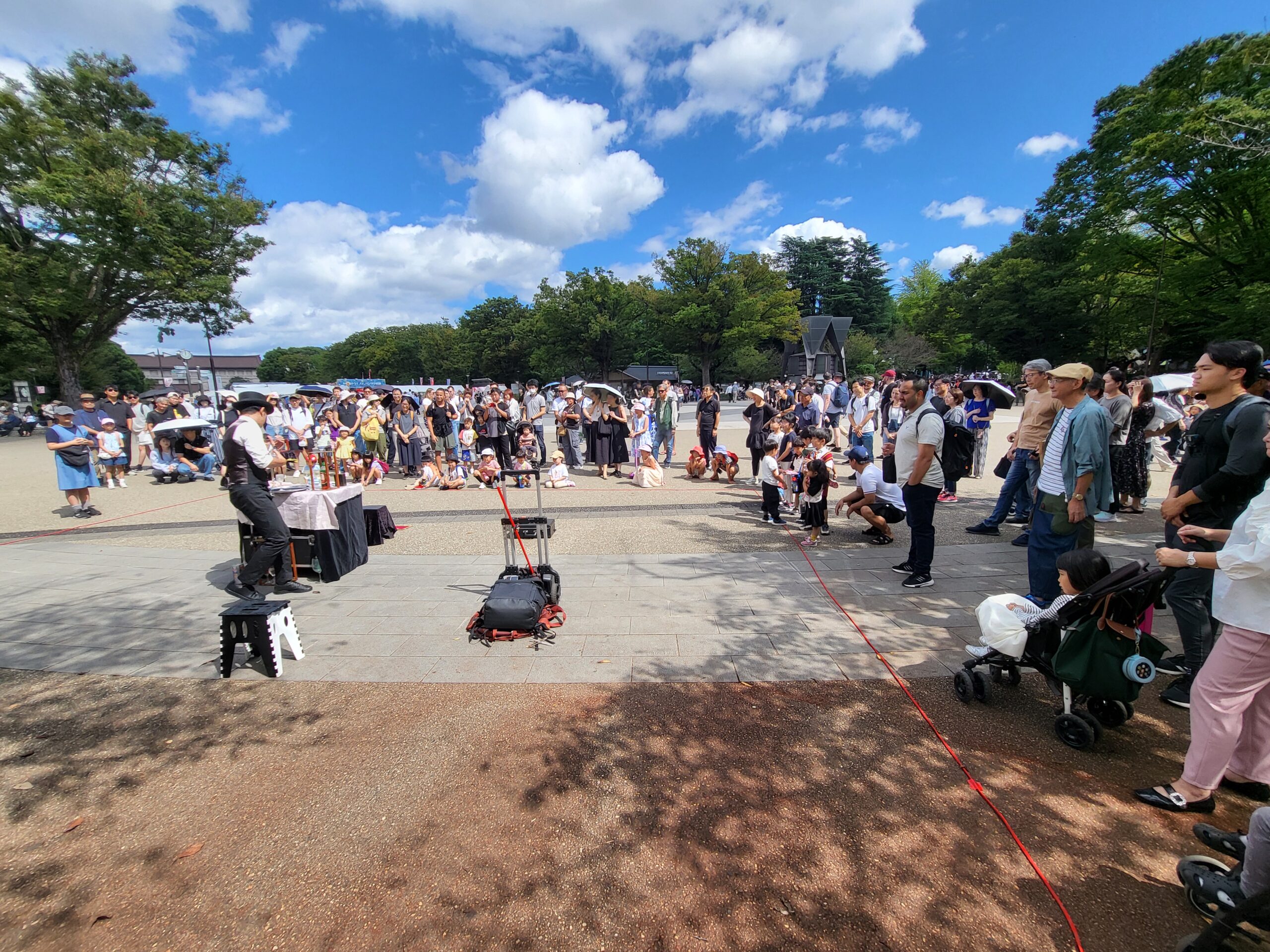
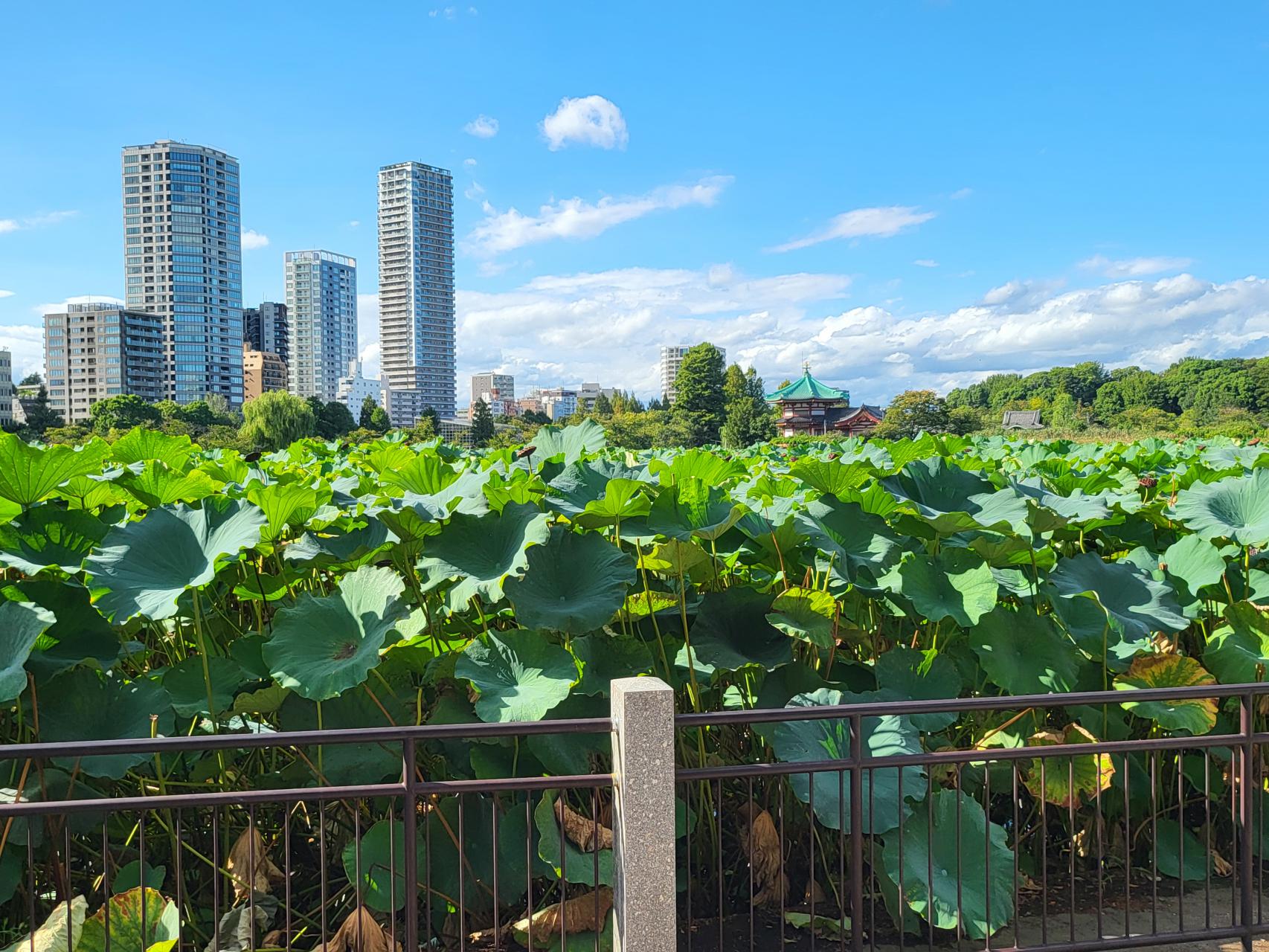
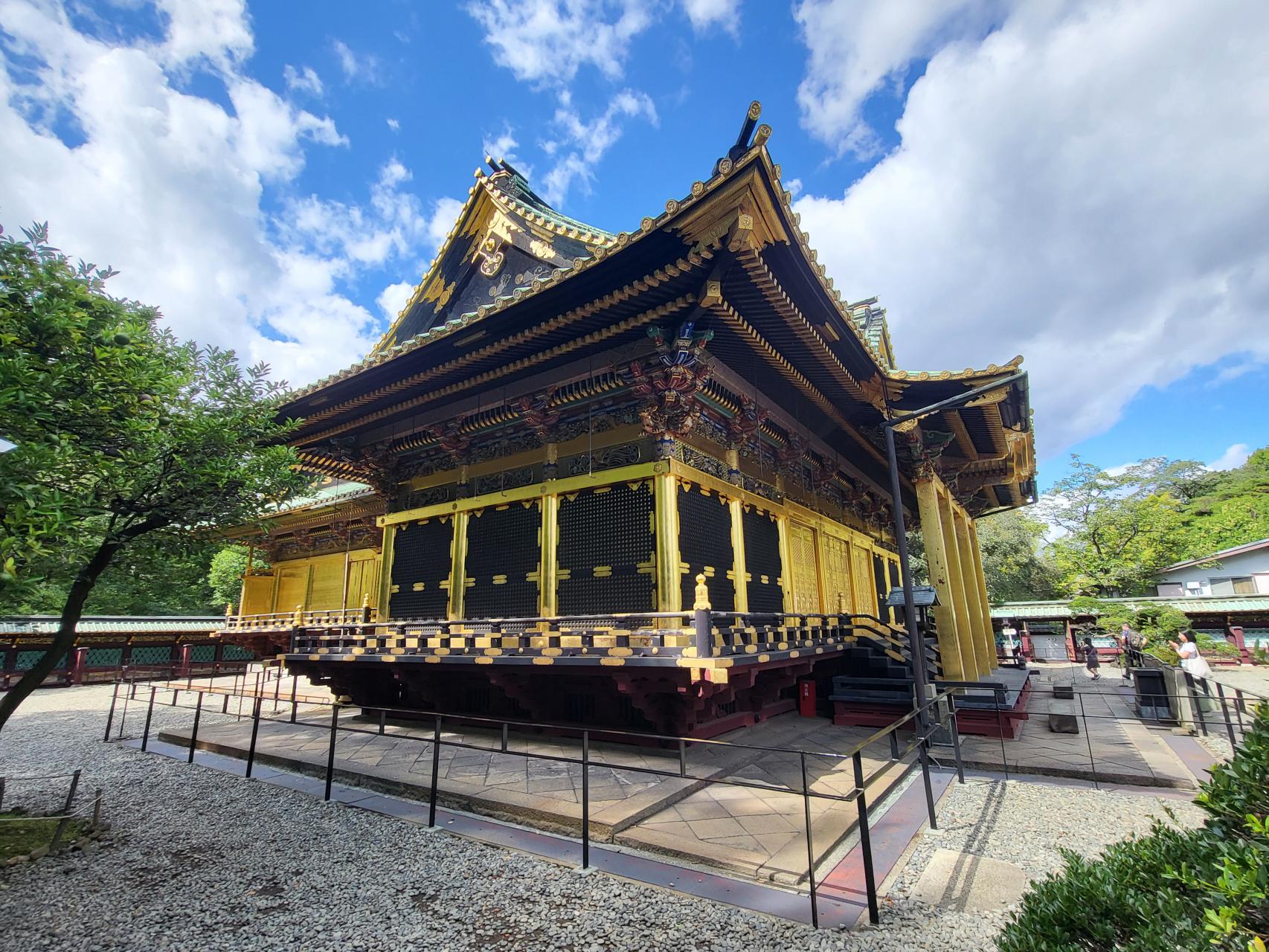
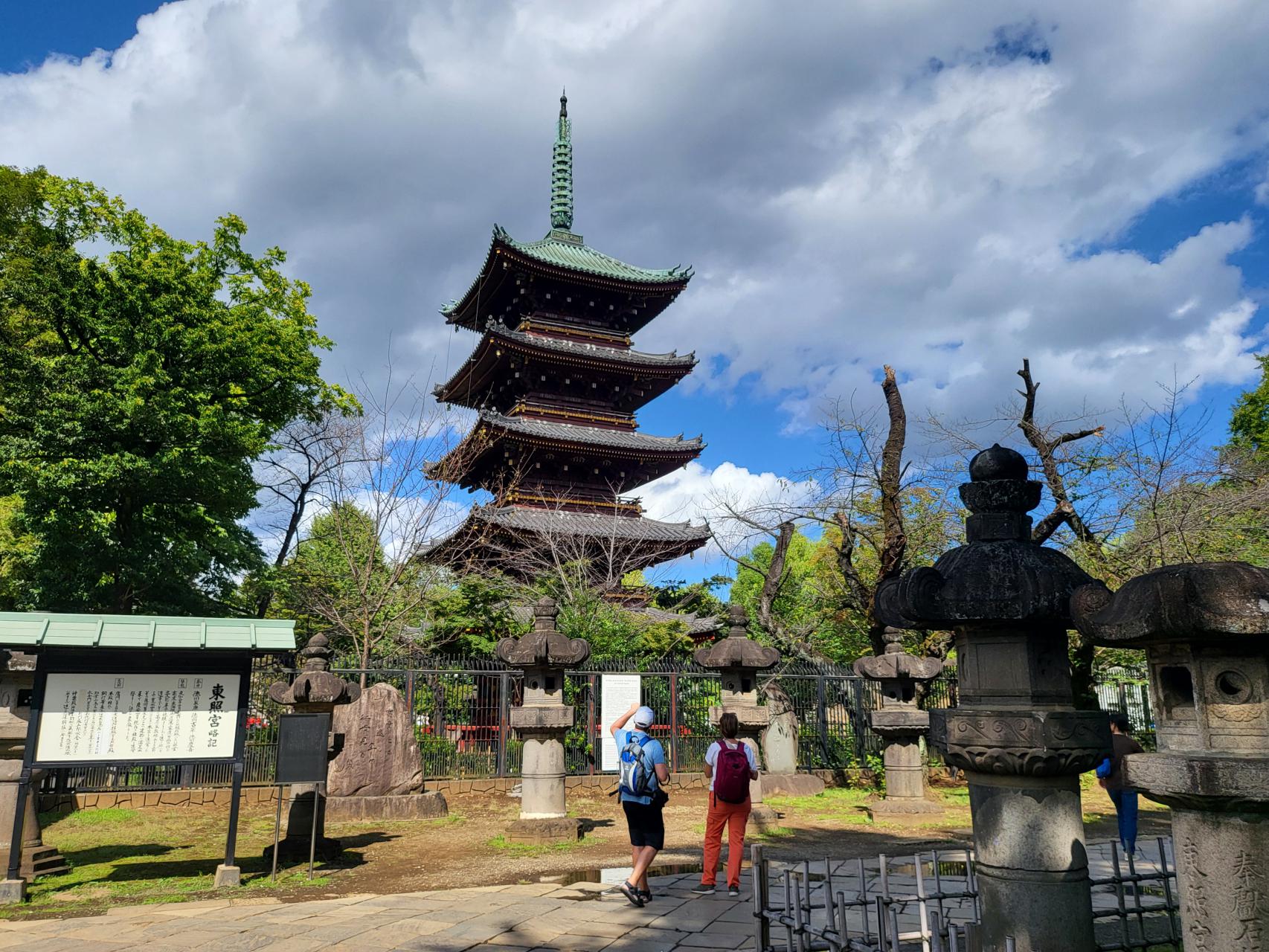
Meiji Jingu is a Shinto shrine in a forest in bustling Tokyo. The tall wooden gates, torii, are planted at the entrances to the shrines. They remind me of the simplified Chinese character for “door” which is “门” and traditional Chinese “門”. What artistry and craftsmanship – how little they did to mean so much. The main hall was quite a marvel to behold. It looked august, built of Japanese cypress and dark-varnished, garnished with white spots on some beams, and contrasted with gold panels and hinges. All it took was three colors – any unintended extras would have been superfluous, glaring blemishes. An immaculate concept.
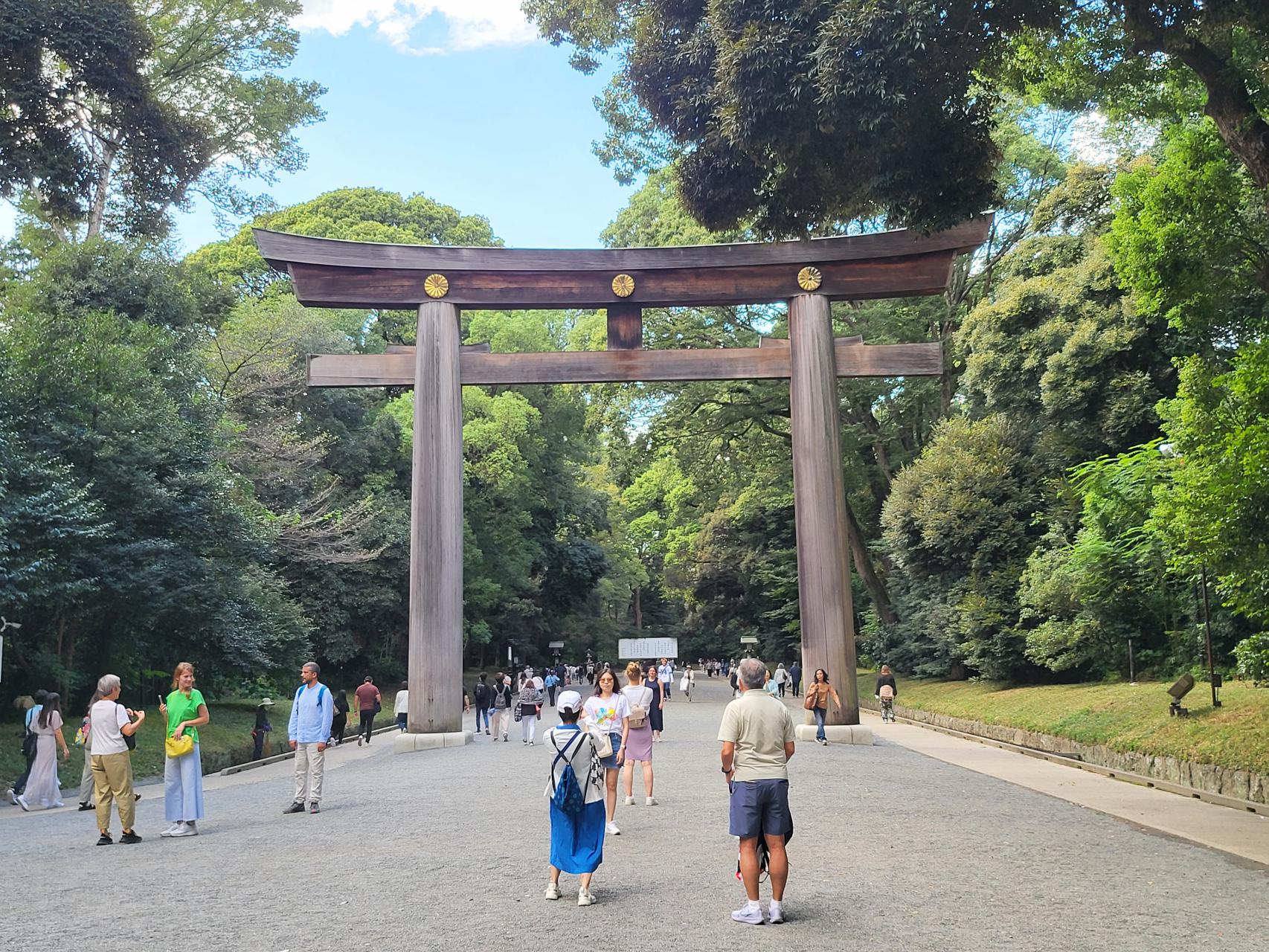
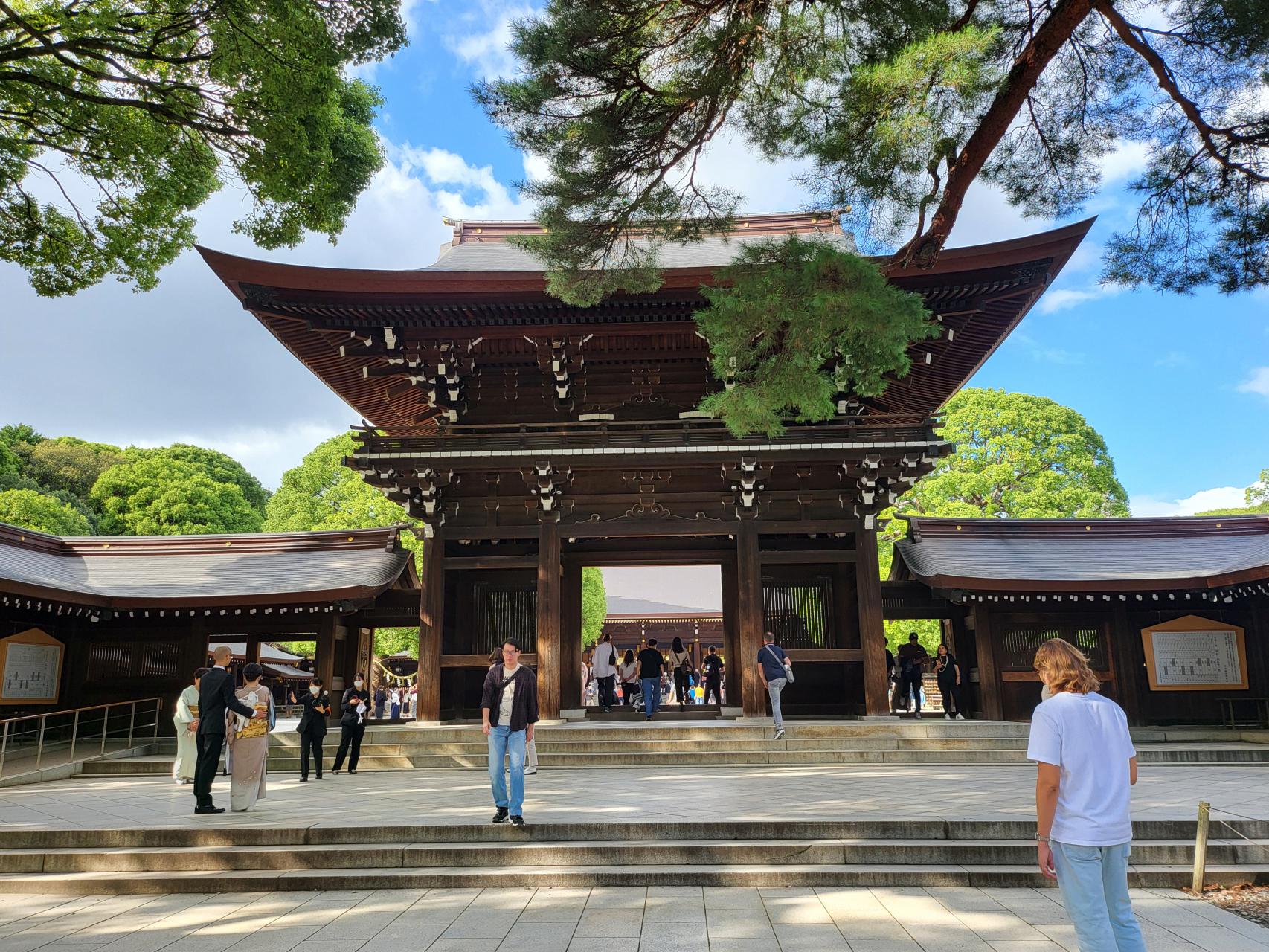
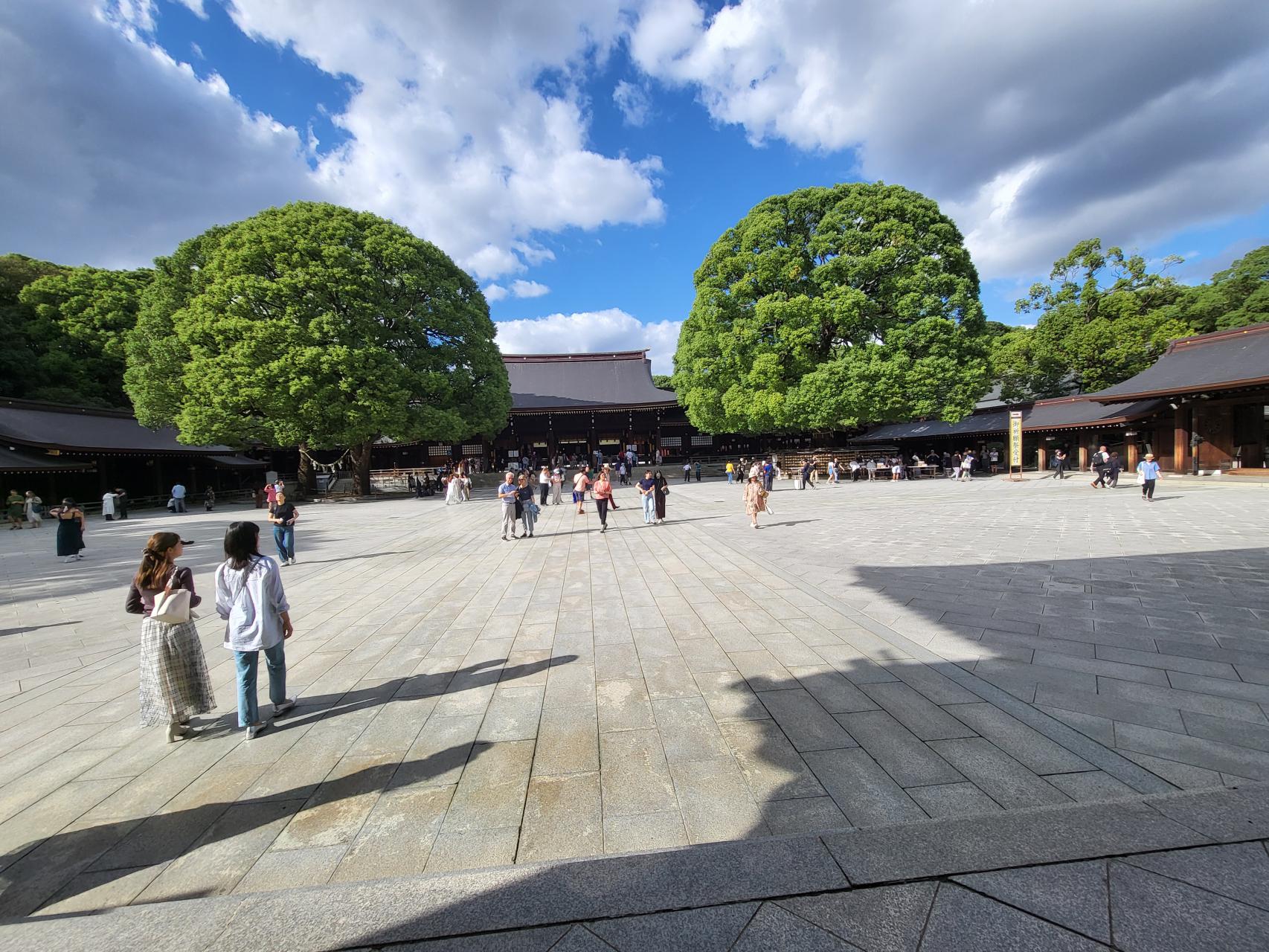
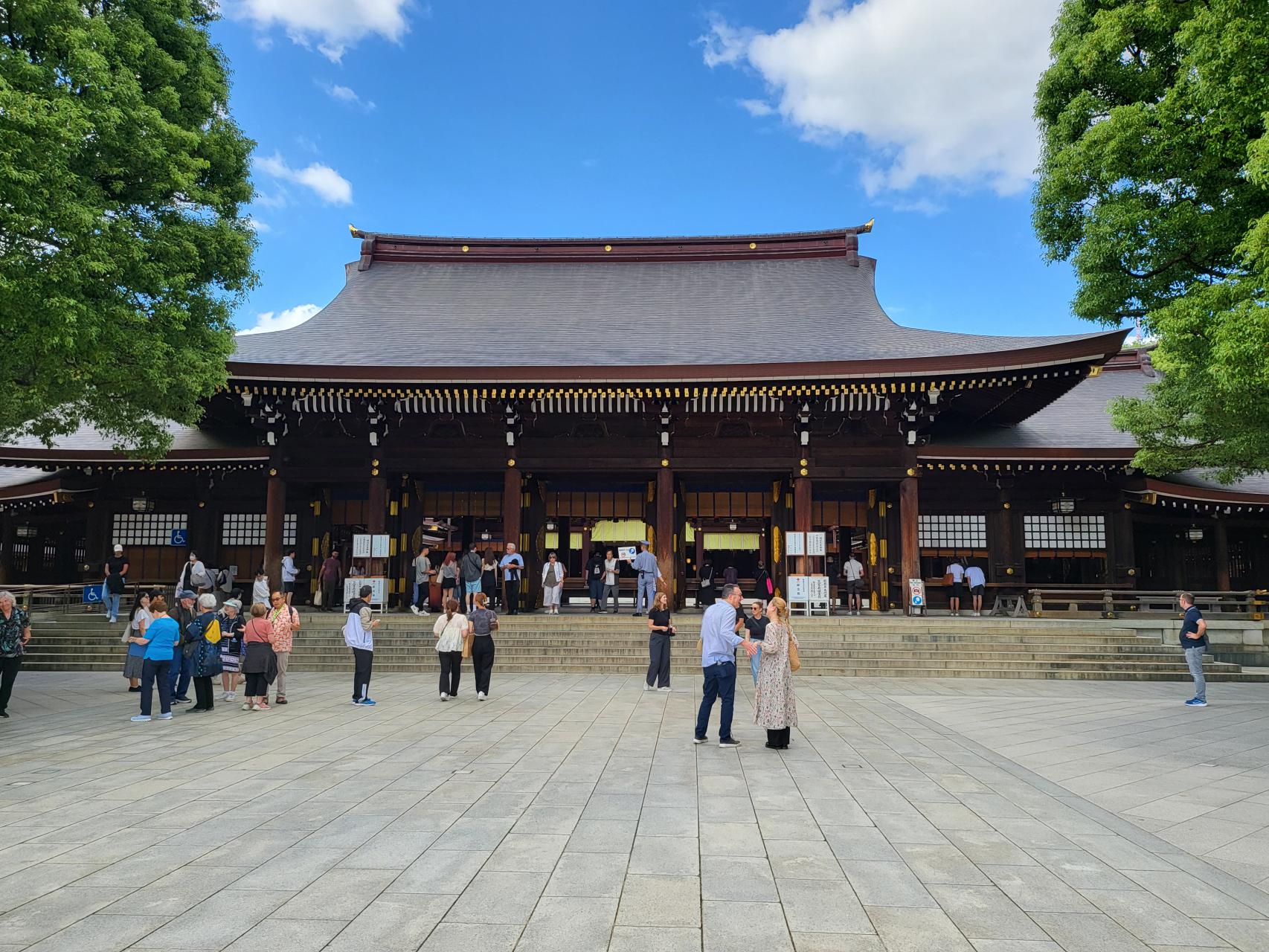
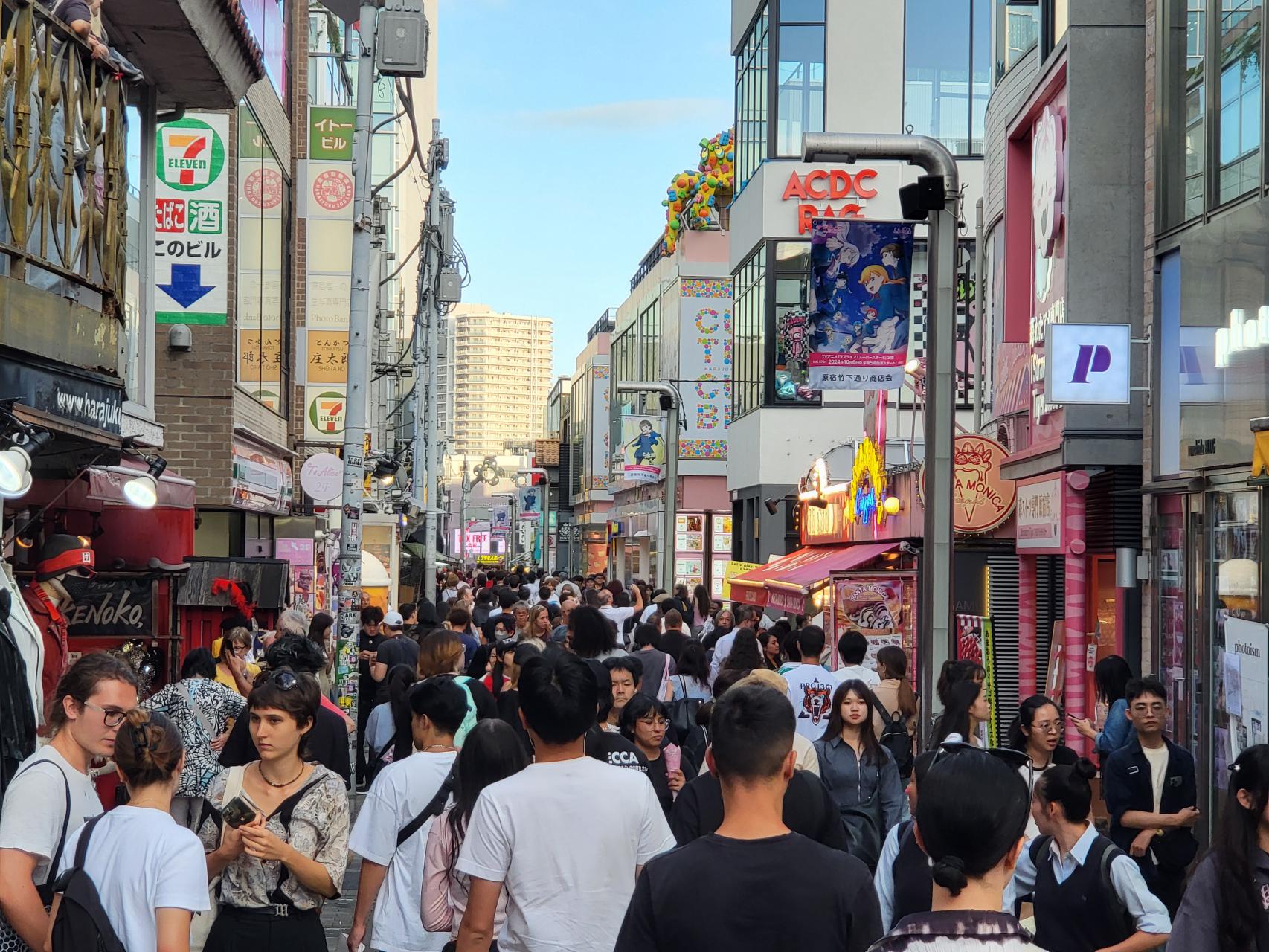
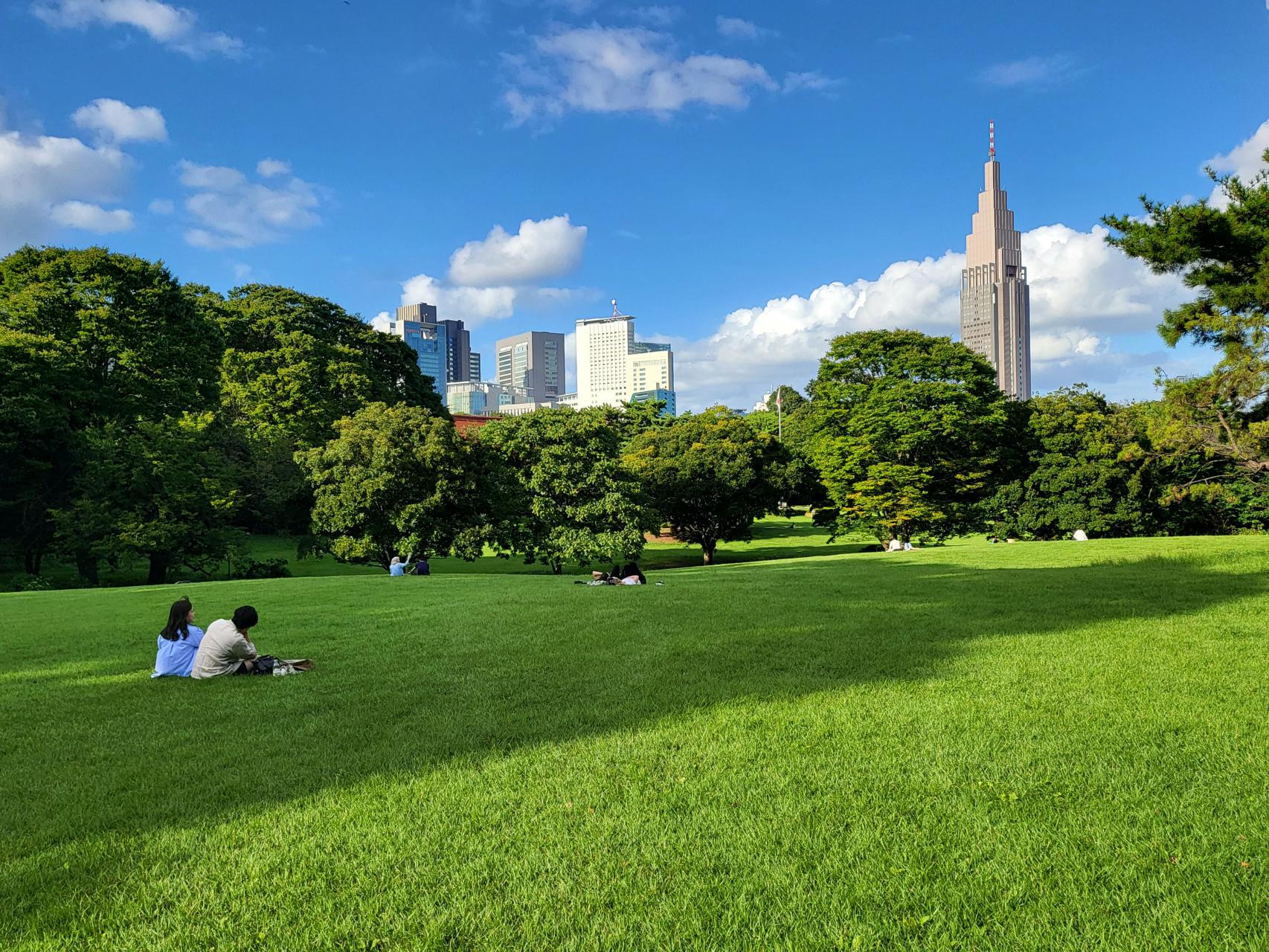
Tokyo, Japan. Visited 25-26 September 2024
The Imperial Palace is the main residence of the Emperor of Japan, located in a large park-like area surrounded by moats and tall stone walls, in the heart of Tokyo. First, I visited the East National Garden, which features beautiful Japanese black pine trees. It was a secluded oasis in the fast-moving city center. From the Soto Sakurada-mon Gate, the Imperial Palace rose in white and grey high above the Nijubashi Bridge. On the other side of the road was the glitzy skyline of the city and the Ginza district. I walked on Chuo-Doris Street, bedazzled by the shopfronts of the big brand names. The smell of luxury filled the street.
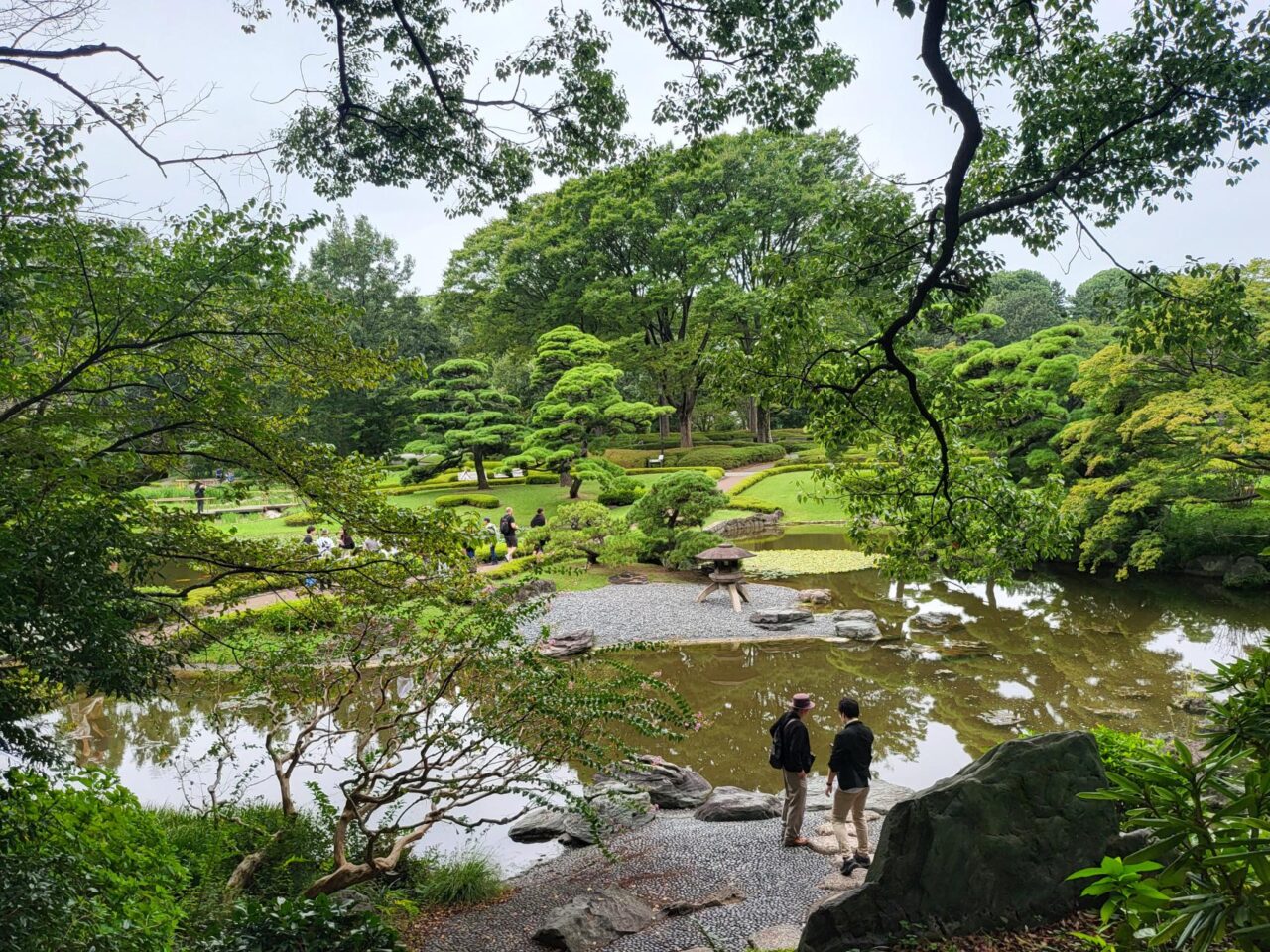
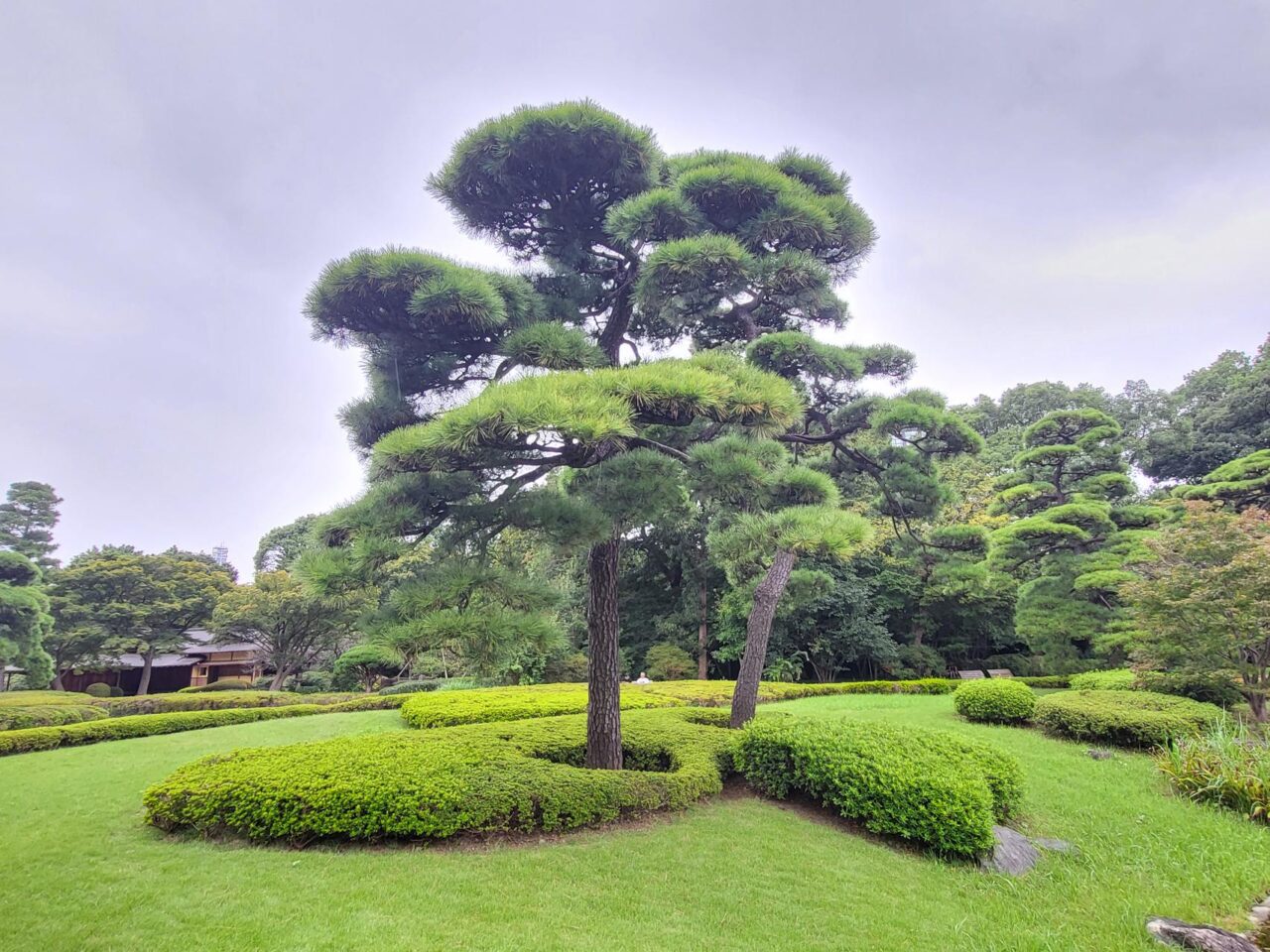
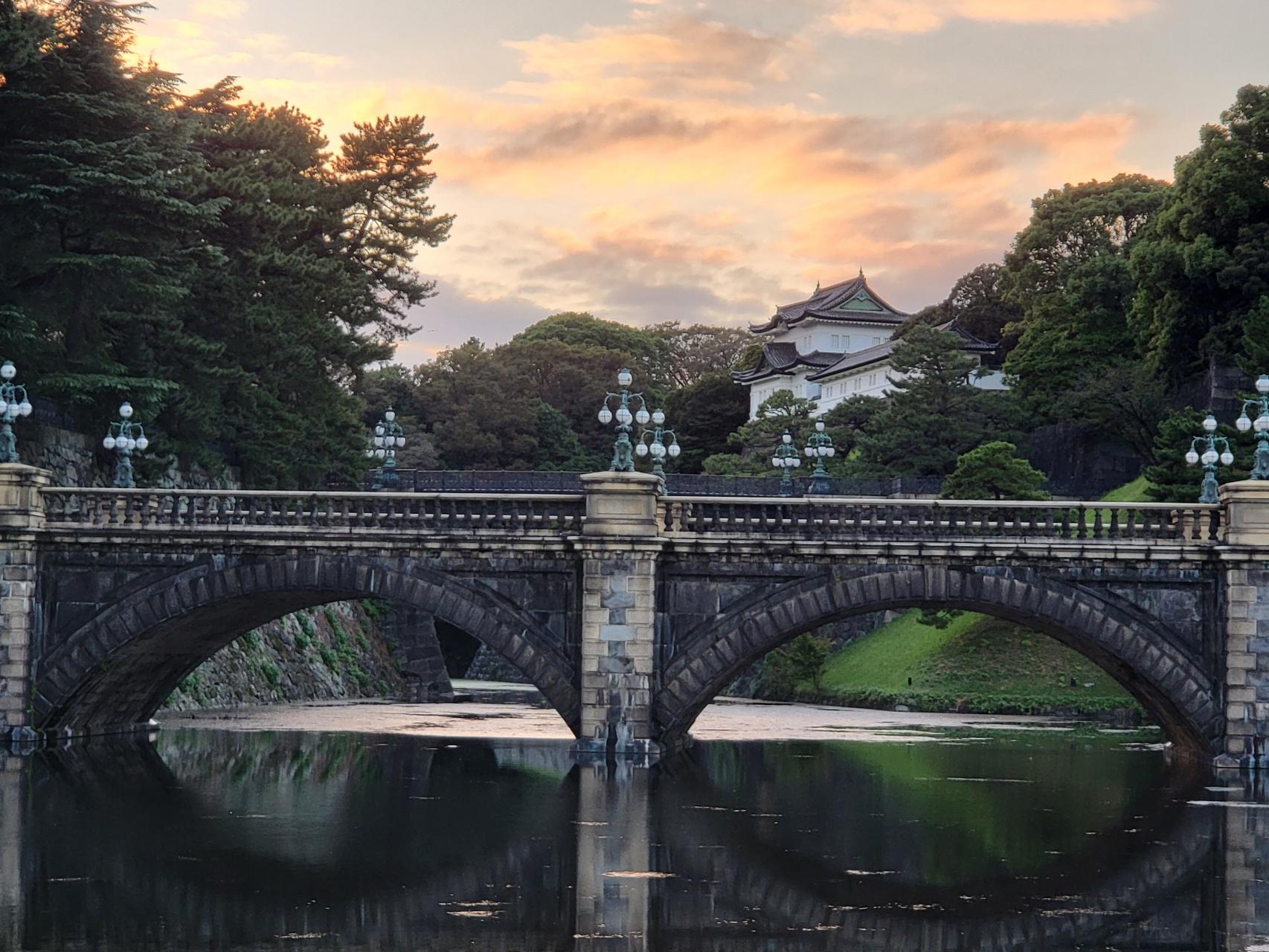
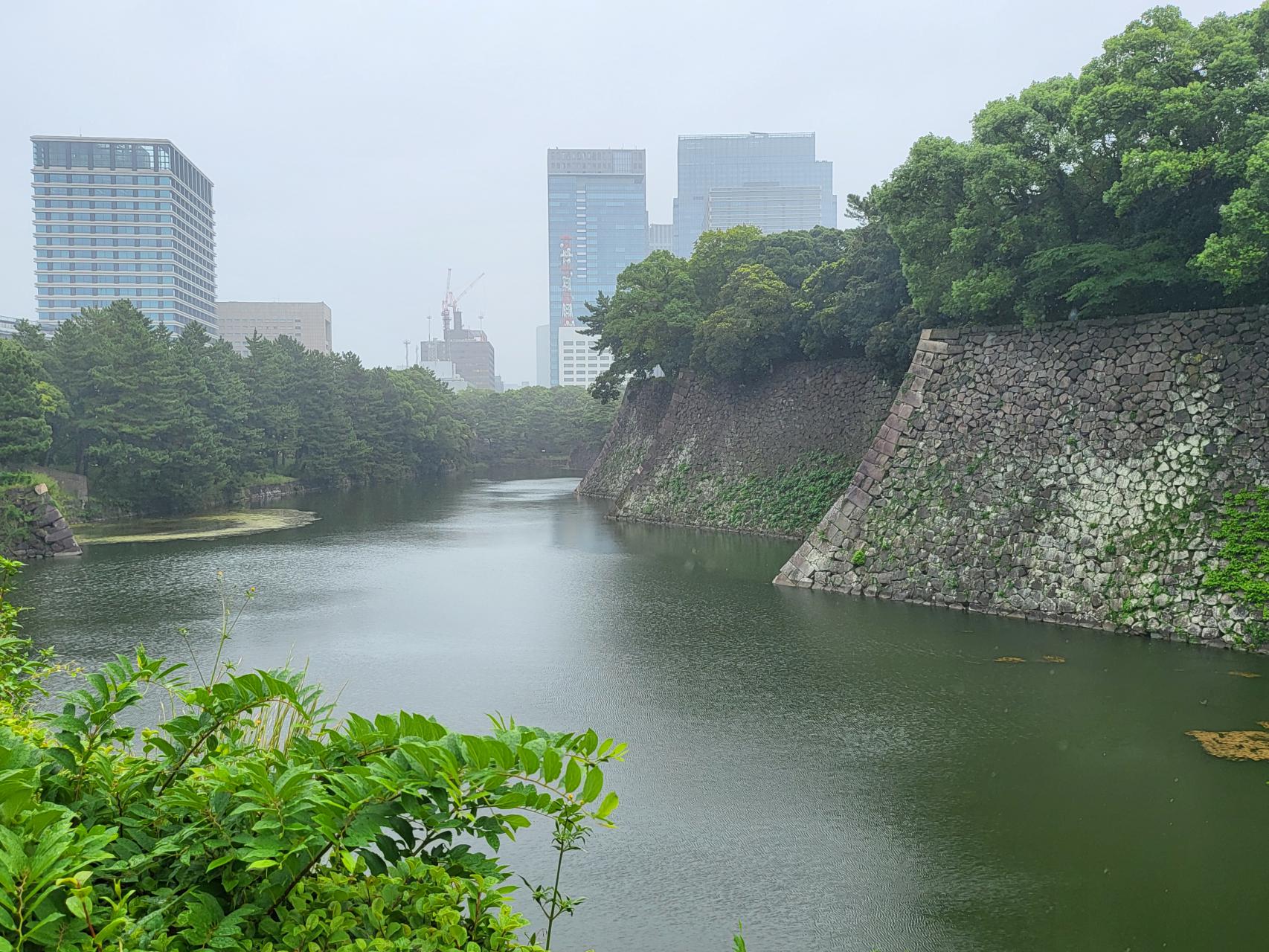
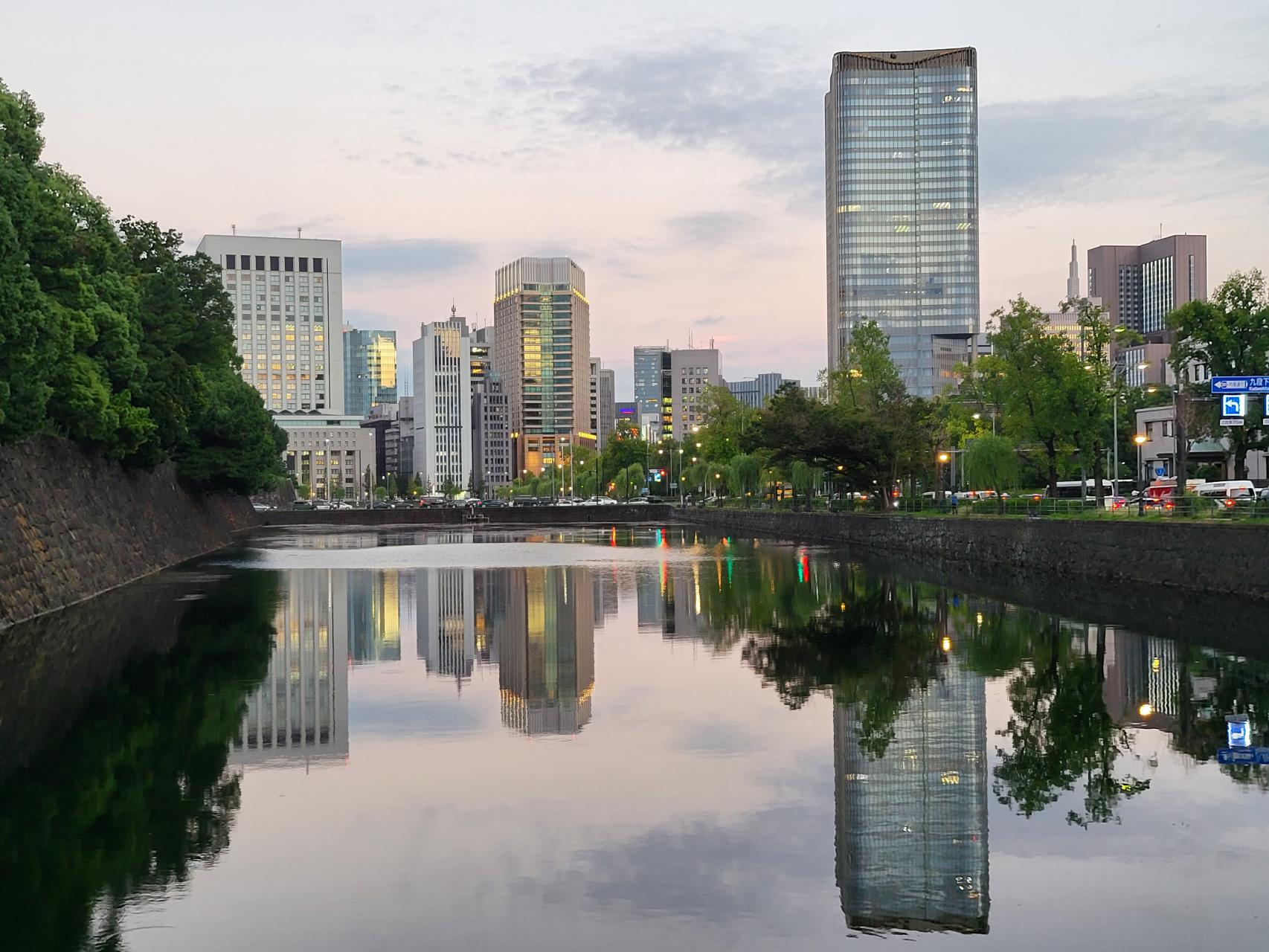
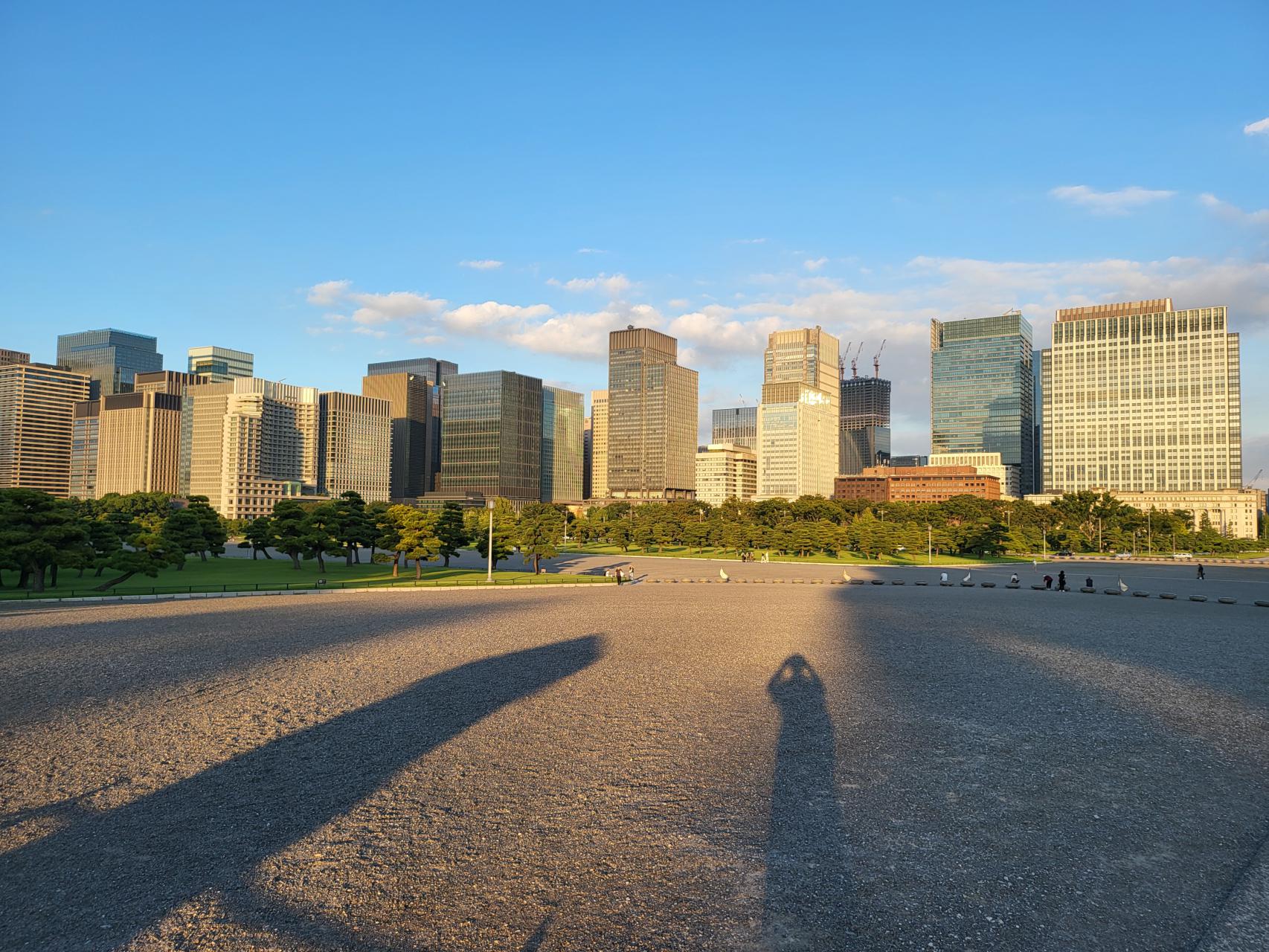
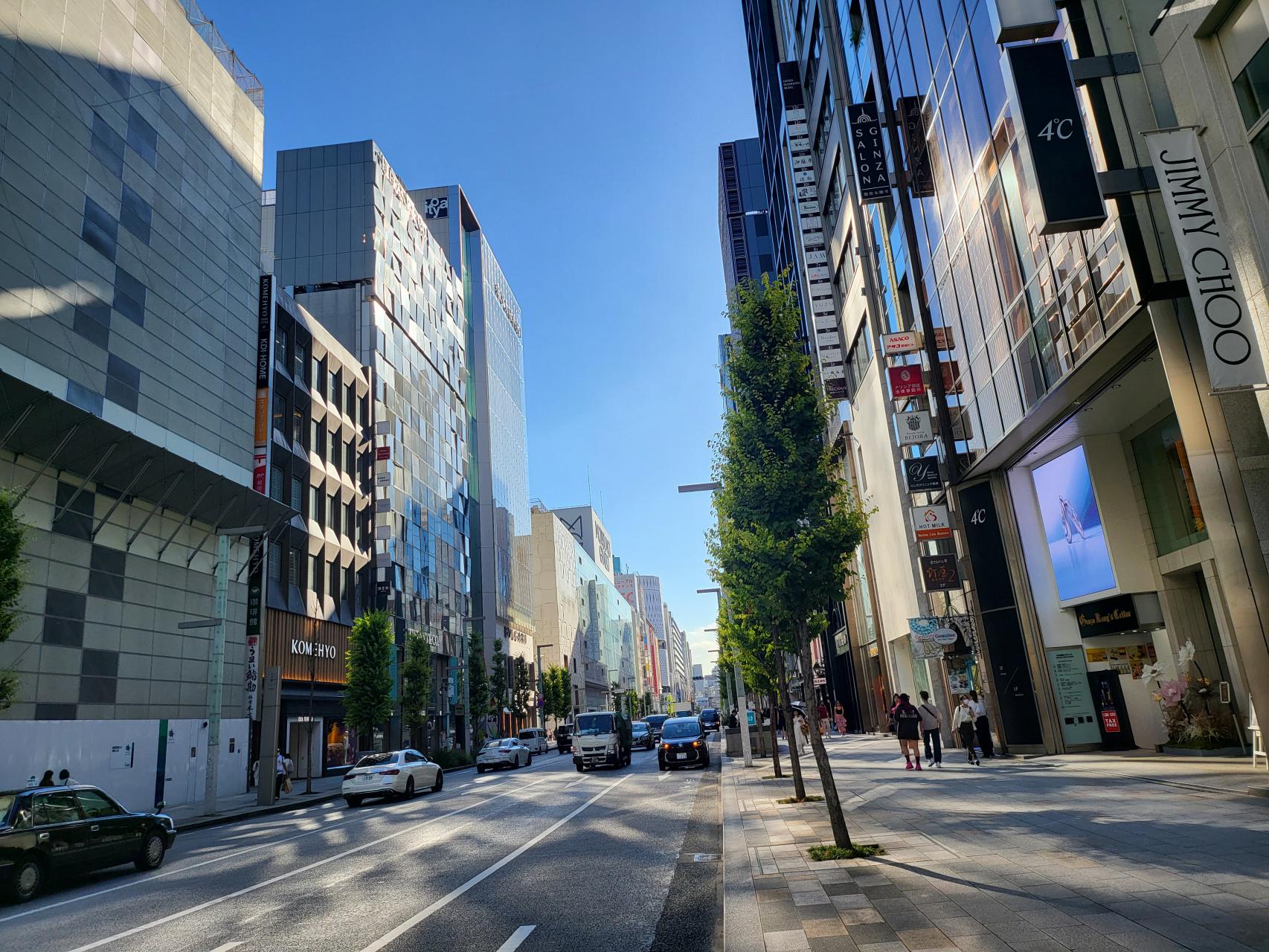
Shinjuku is a busy area of Tokyo, best portrayed by the Shinjuku Scramble Crossing, said to be the world’s busiest pedestrian crossing. When the lights turned green and the whistleblowers signaled, everyone at the traffic lights took off to the other side, pretending to dodge each other, enjoying getting caught in the crosscurrents, and a brief freeze for the rare selfies. I am certain many have not come to get to the other side; they just want to contribute to the mayhems in the intersection. I was too.
Zojo-ji Temple is a Buddhist temple and one of the oldest wooden structures in Tokyo. Its main gate Sangedatsumon, was enormous, as if to welcome visitors with a broad smile and open arms. In the frontcourt, the main hall awaited. The hall was coated in matte colors, keeping a low tone but preserving its historical significance.
How the land of the rising sun rises from the ashes, as I see it in Tokyo.
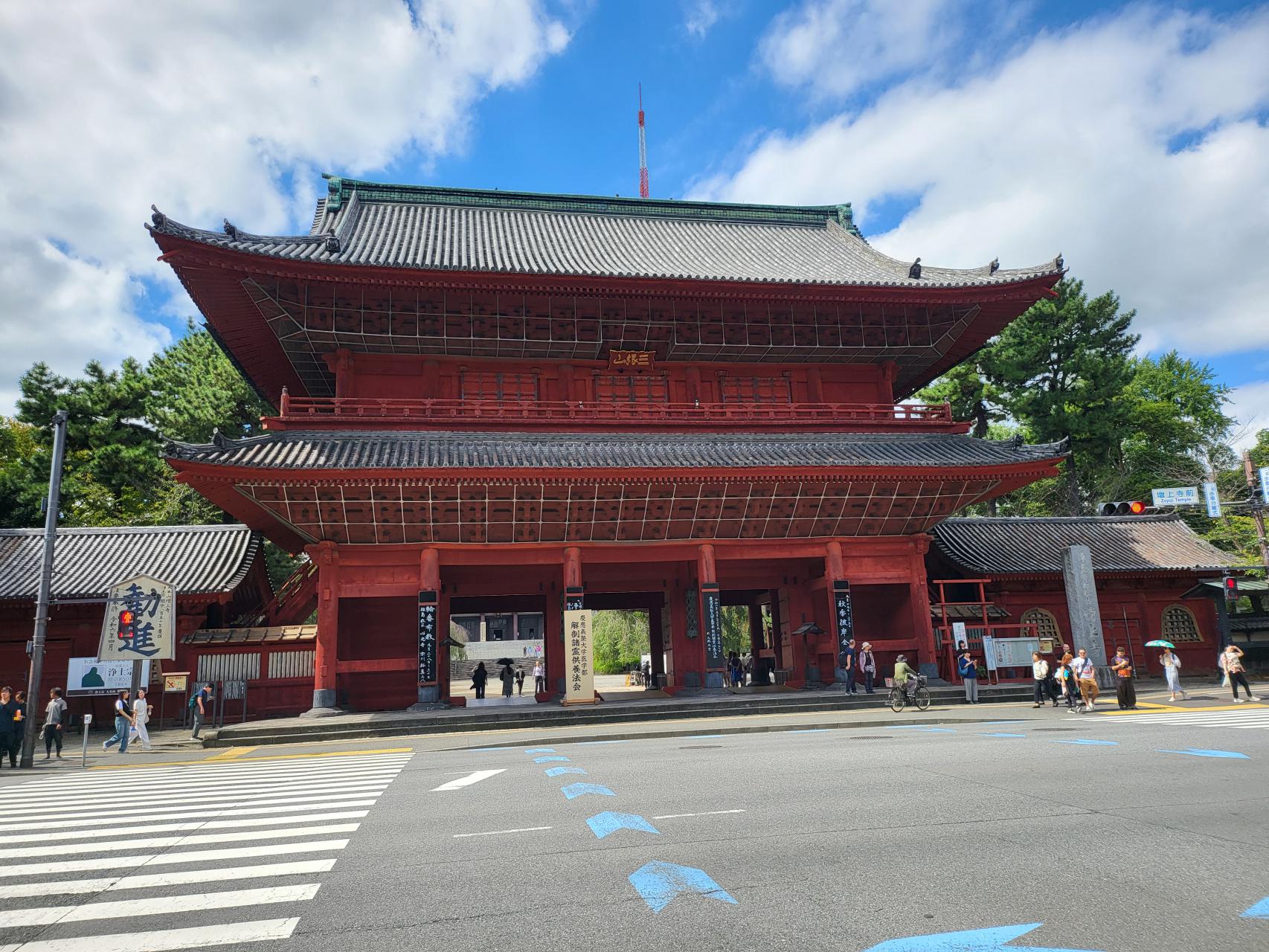
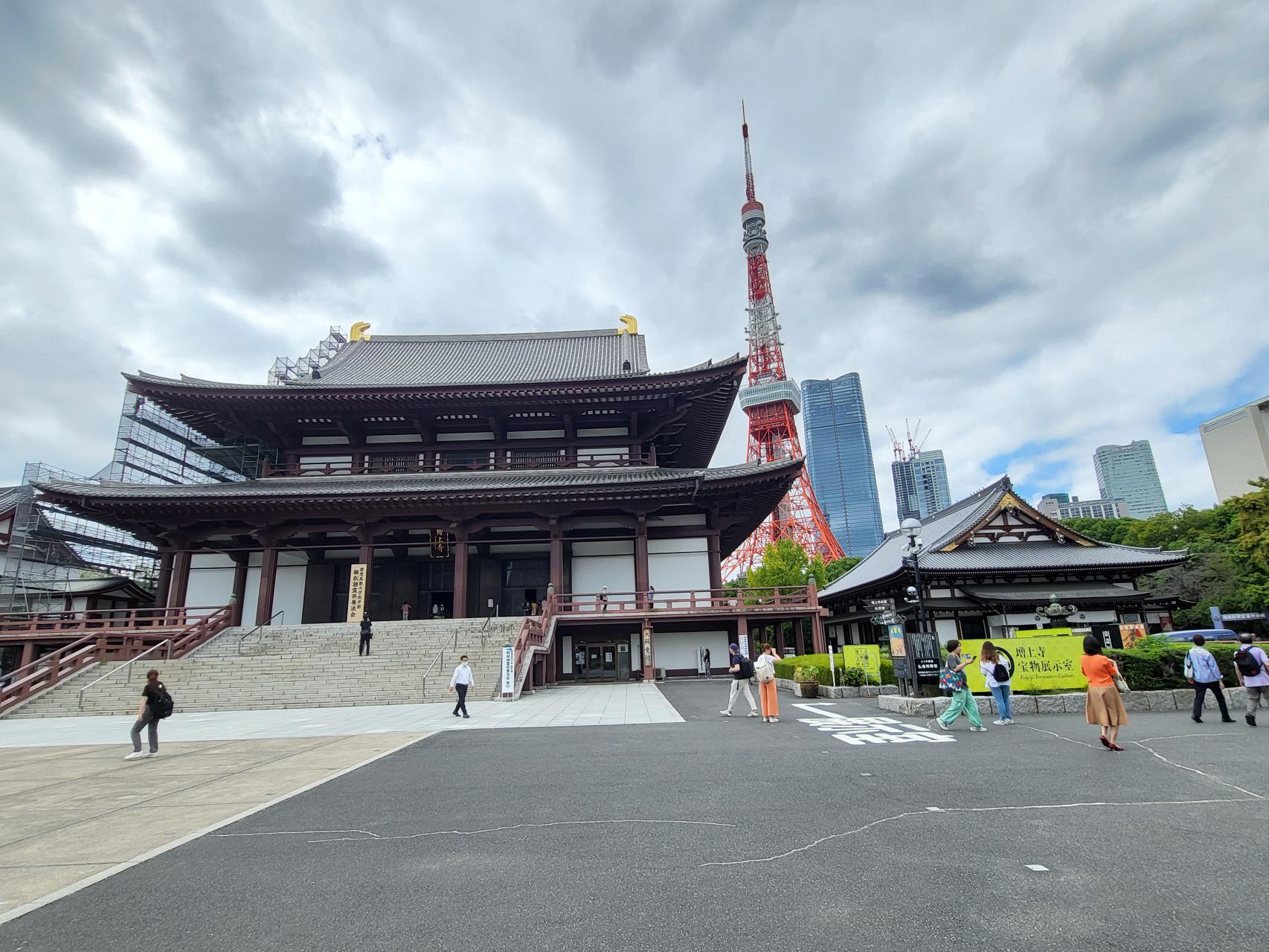
Click the link below to go to the next Stop:
Itinerary: Tokyo>Nikko>Hakone>Kyoto>Osaka>Nara>Himeji>Hiroshima>Miyajima
Japan route map:
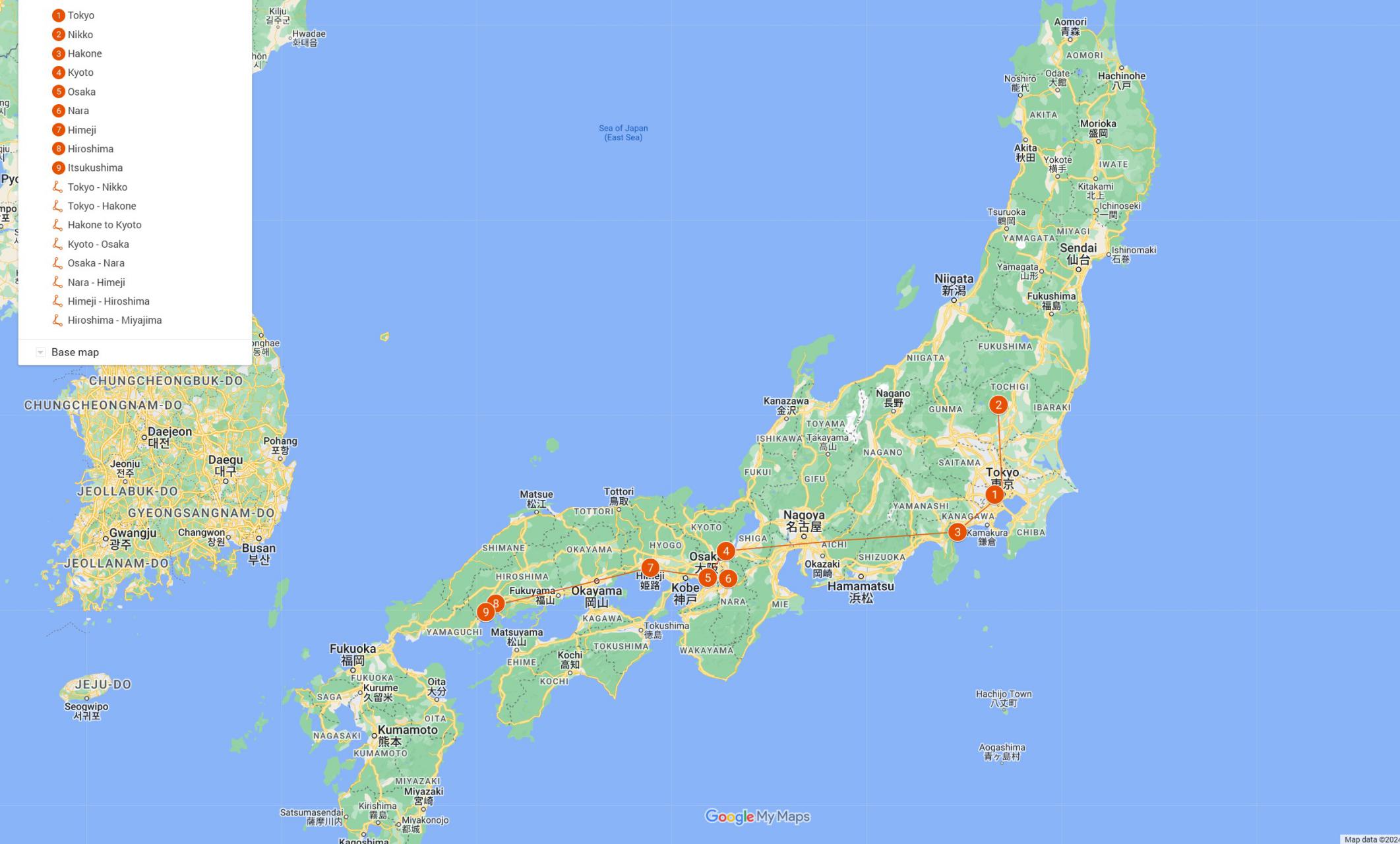
777zscom – Here we go! Trying my luck. Maybe I’ll hit the jackpot? Want to play together? Click here:777zscom
VNL, a short name that is easy to memorize. Perhaps it can bring you a good user experience? Check it out: vnl
R789gamedownload is on my radar now. Gonna see if they have the game I’m after. Fingers crossed it’s a legit download! Let’s game r789gamedownload!